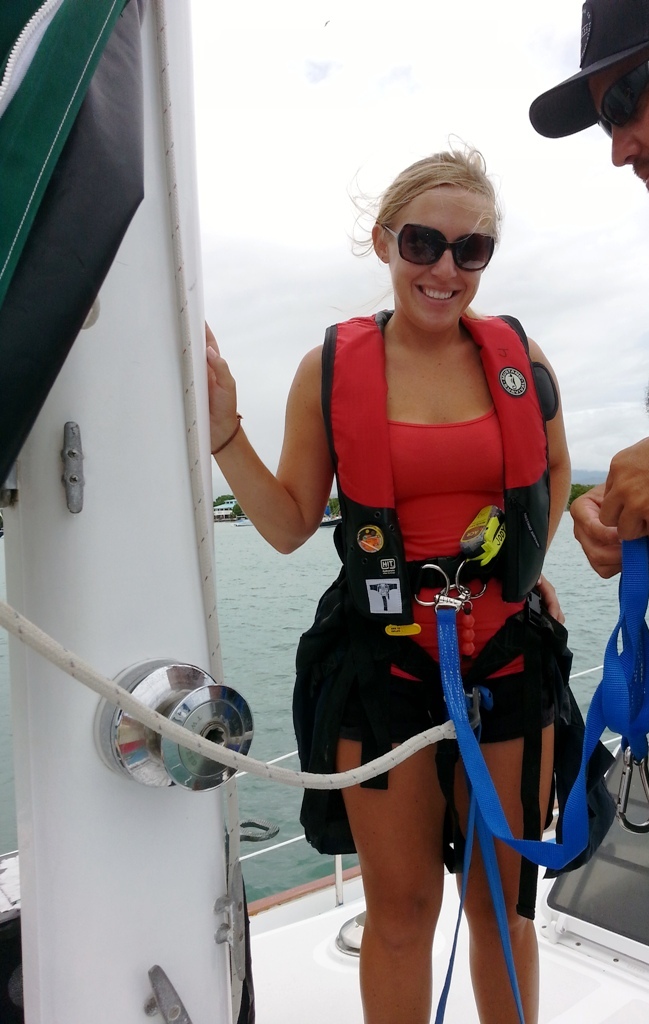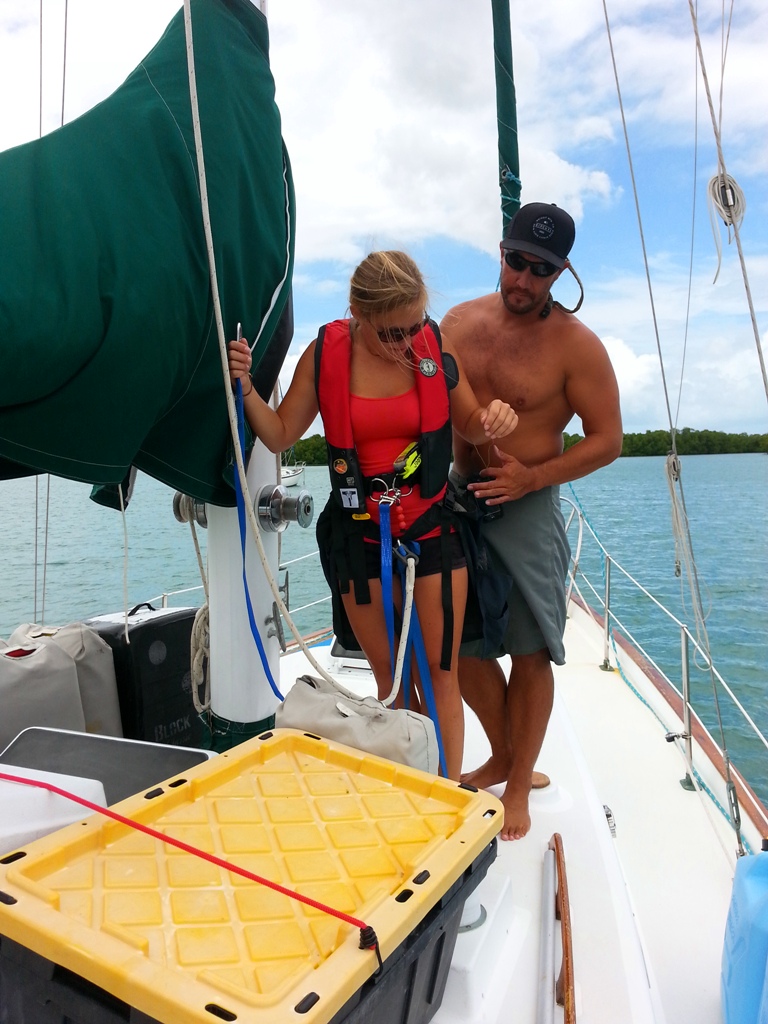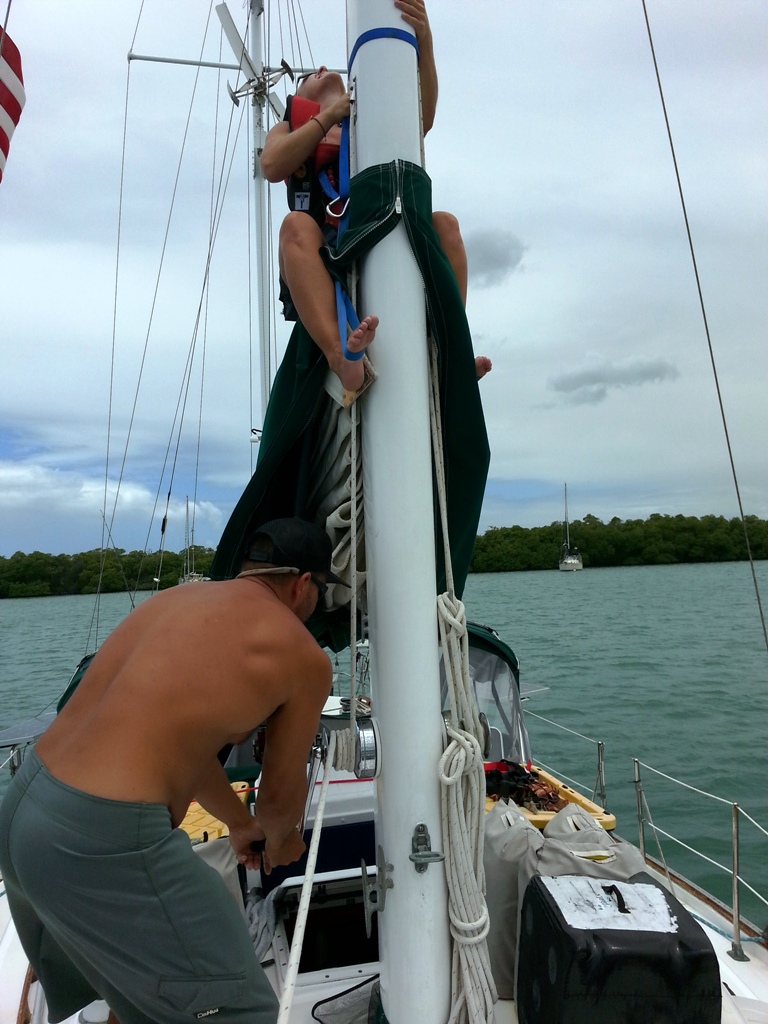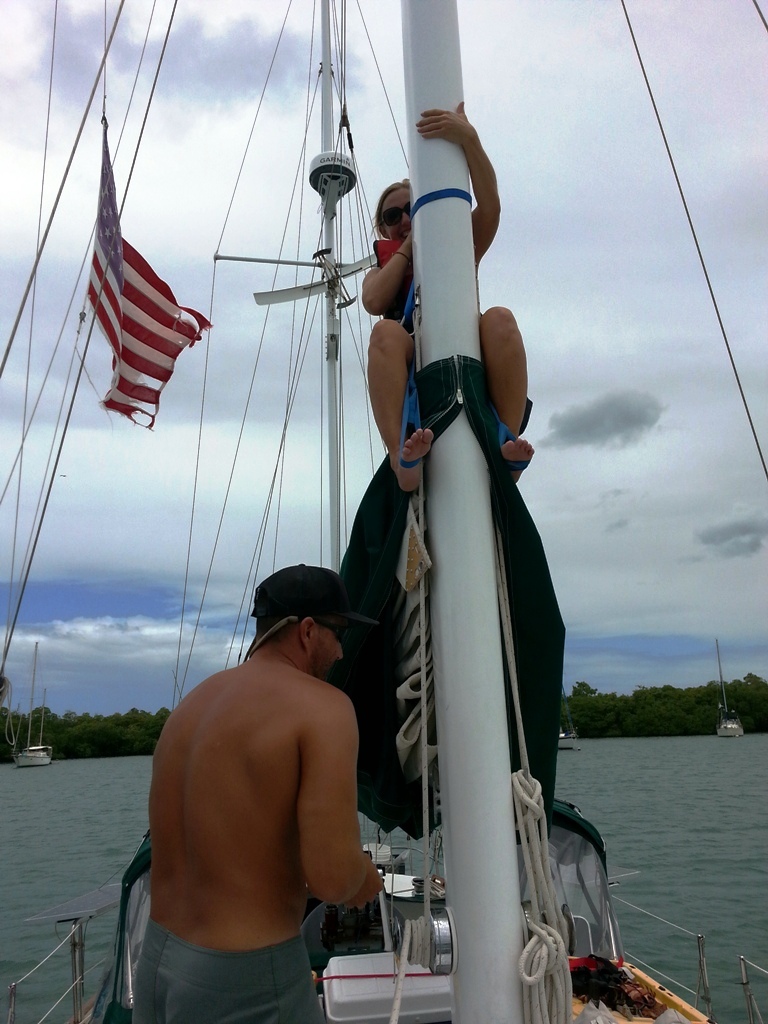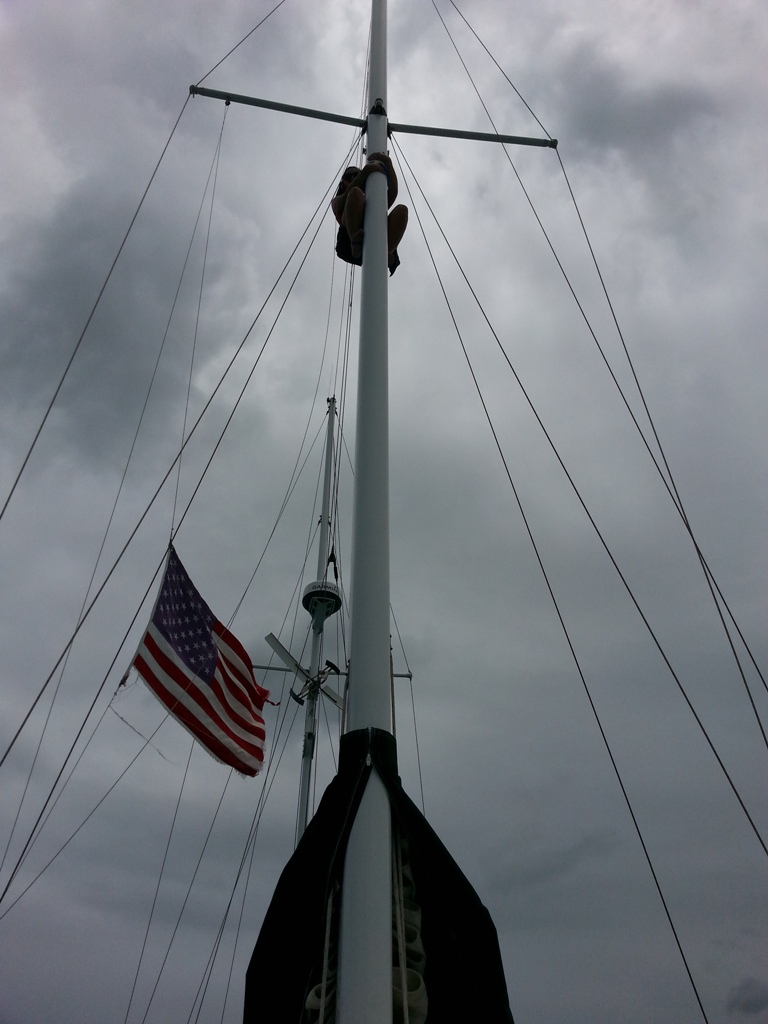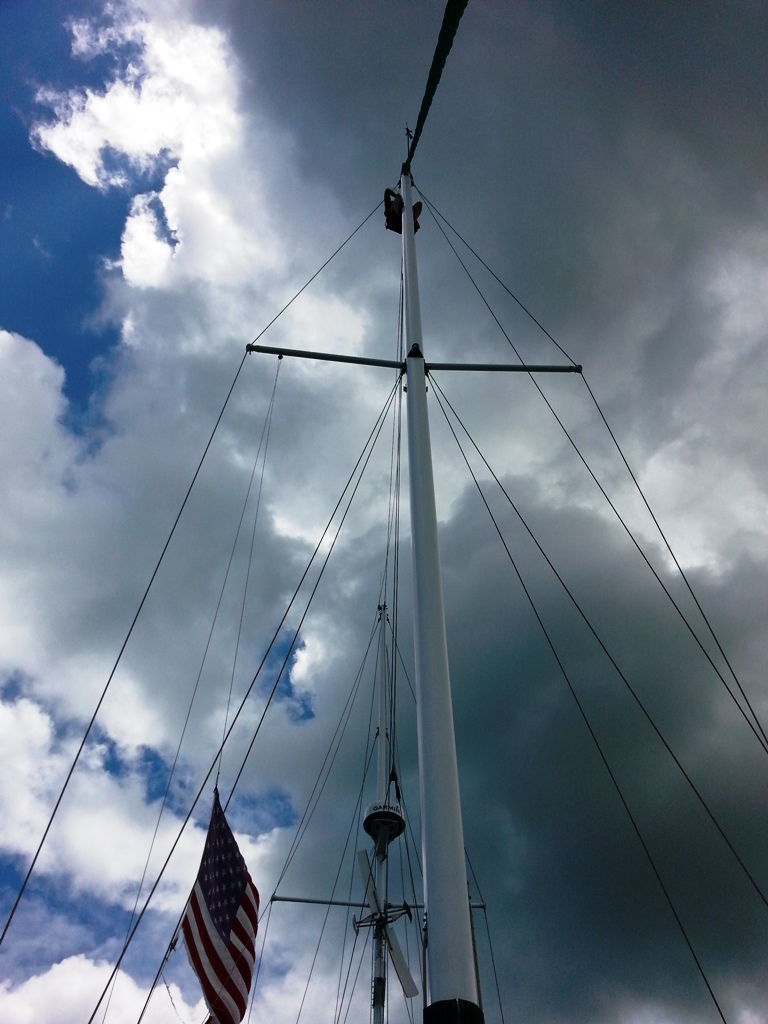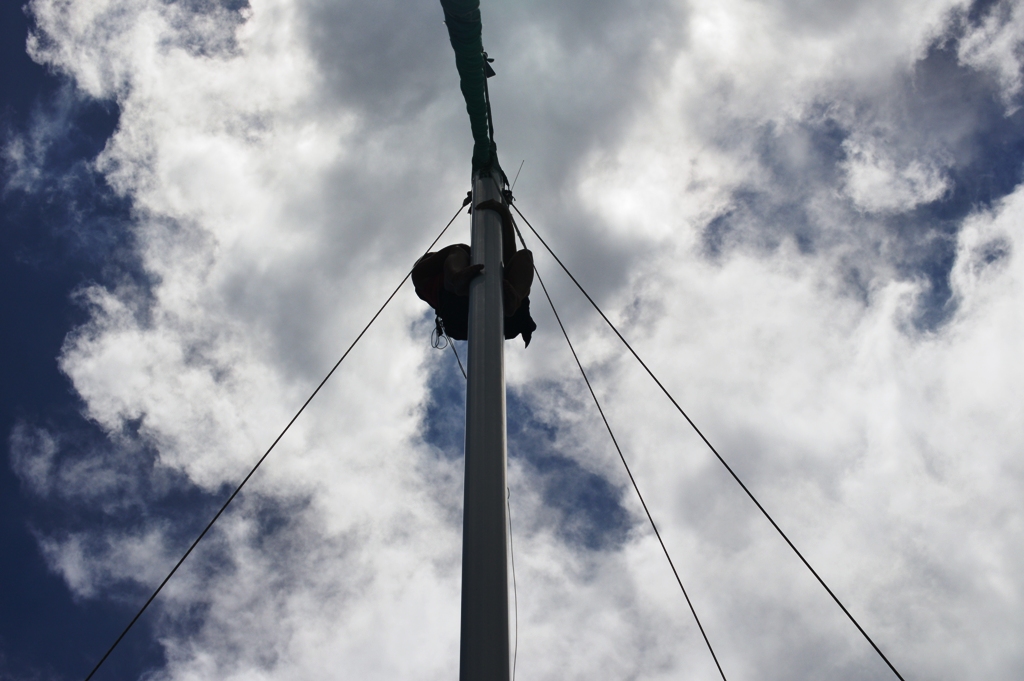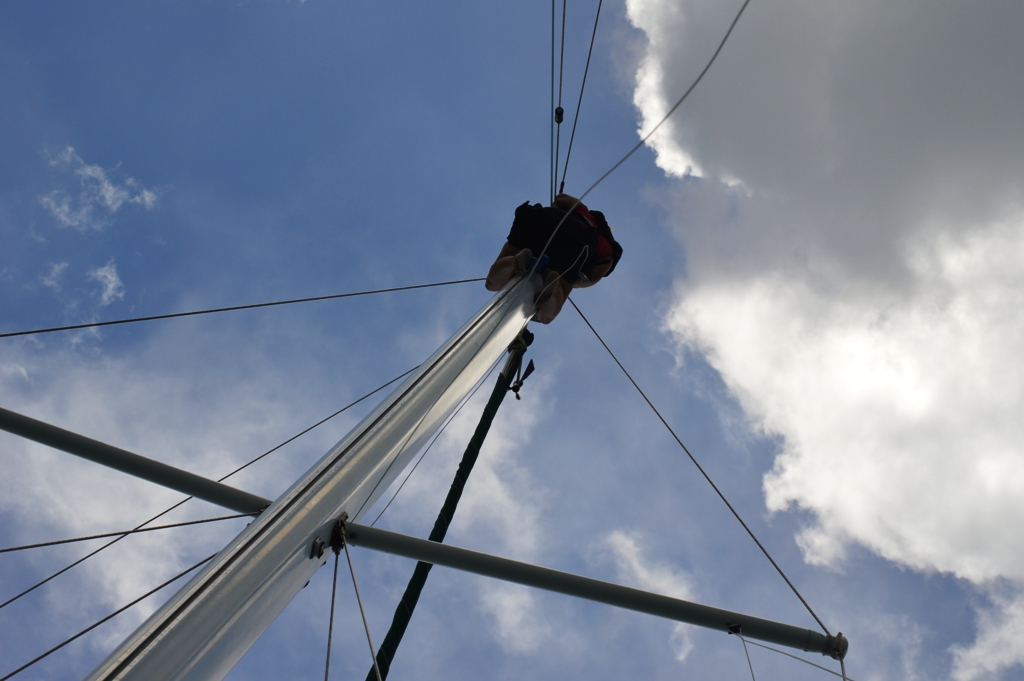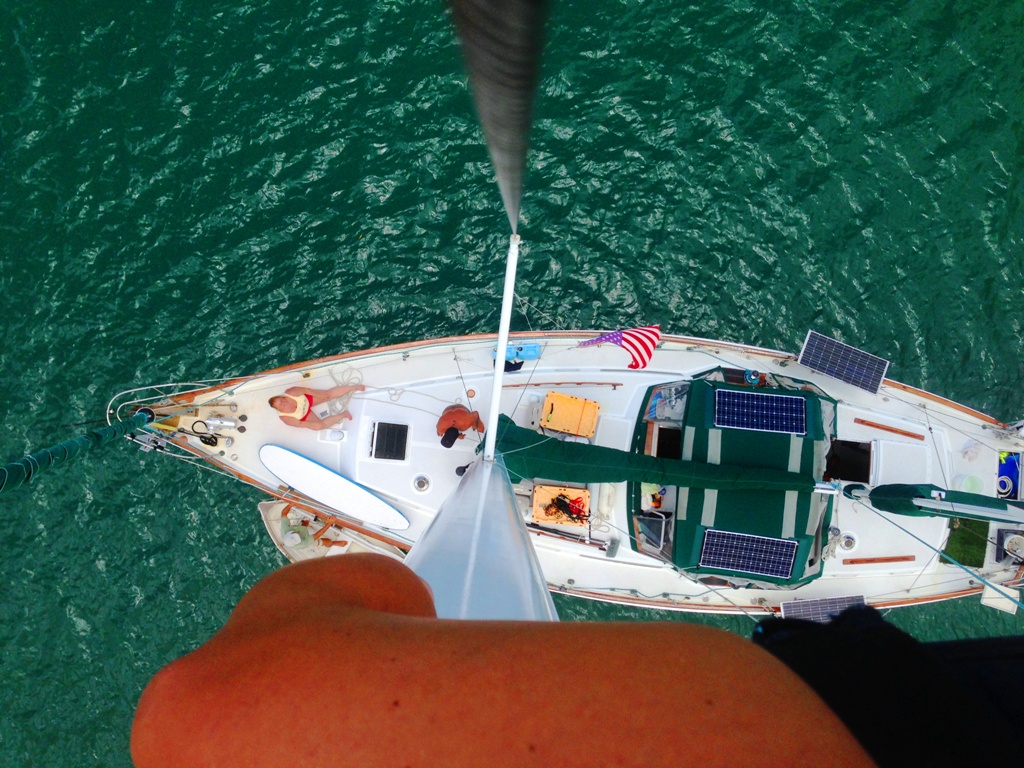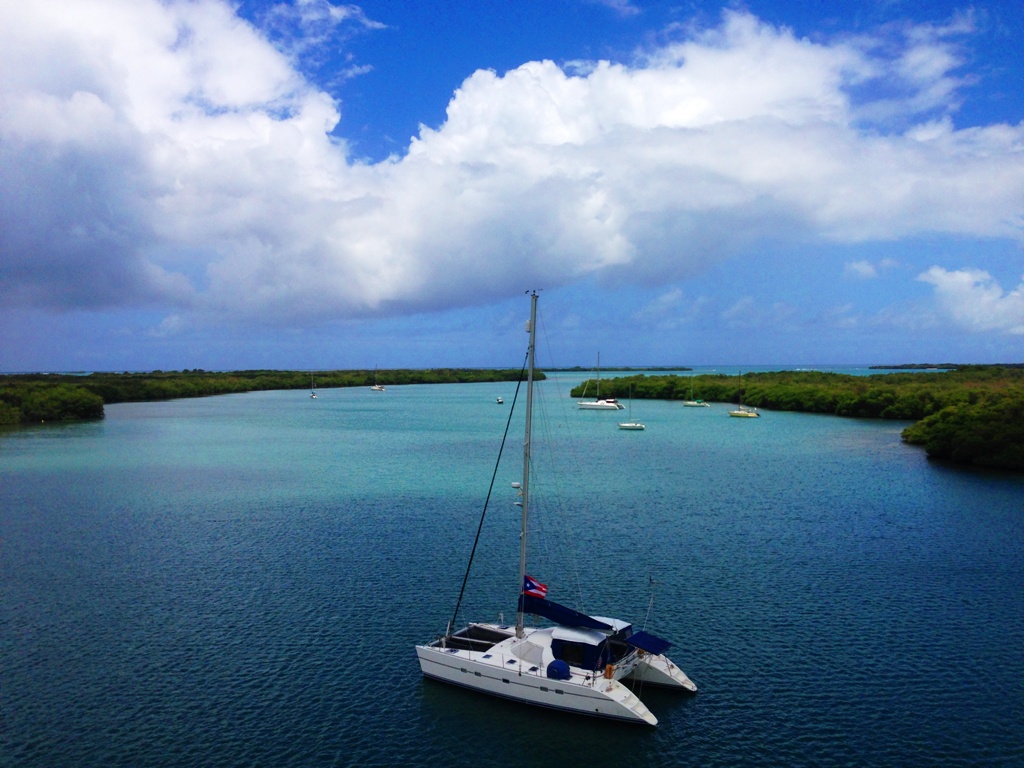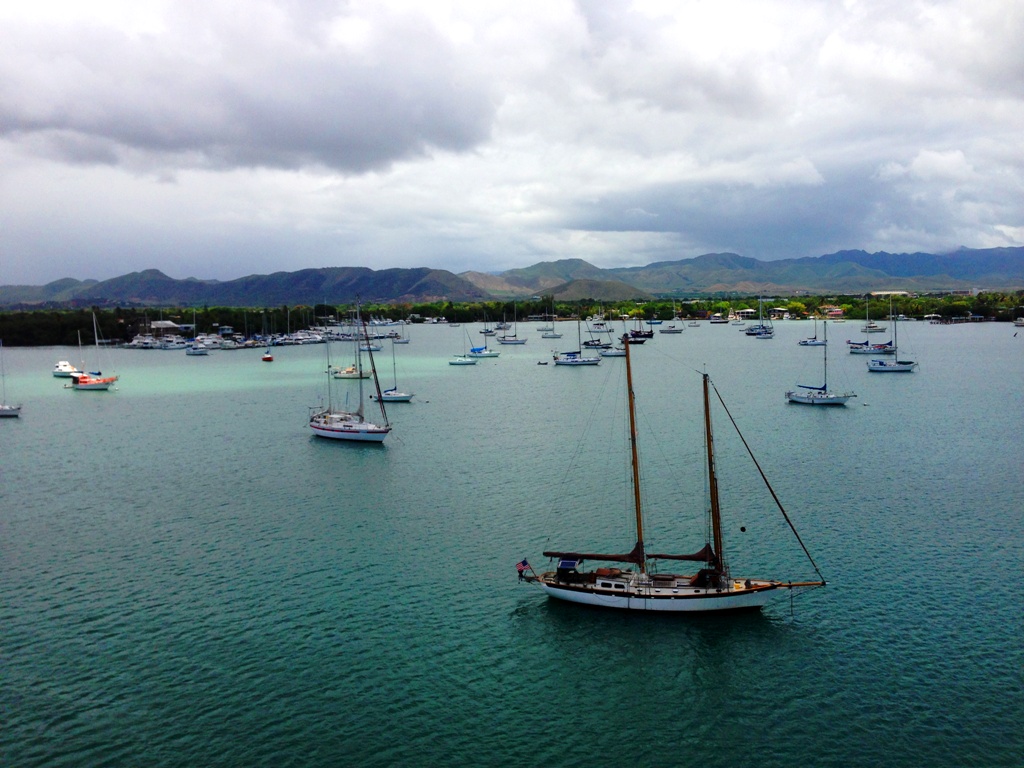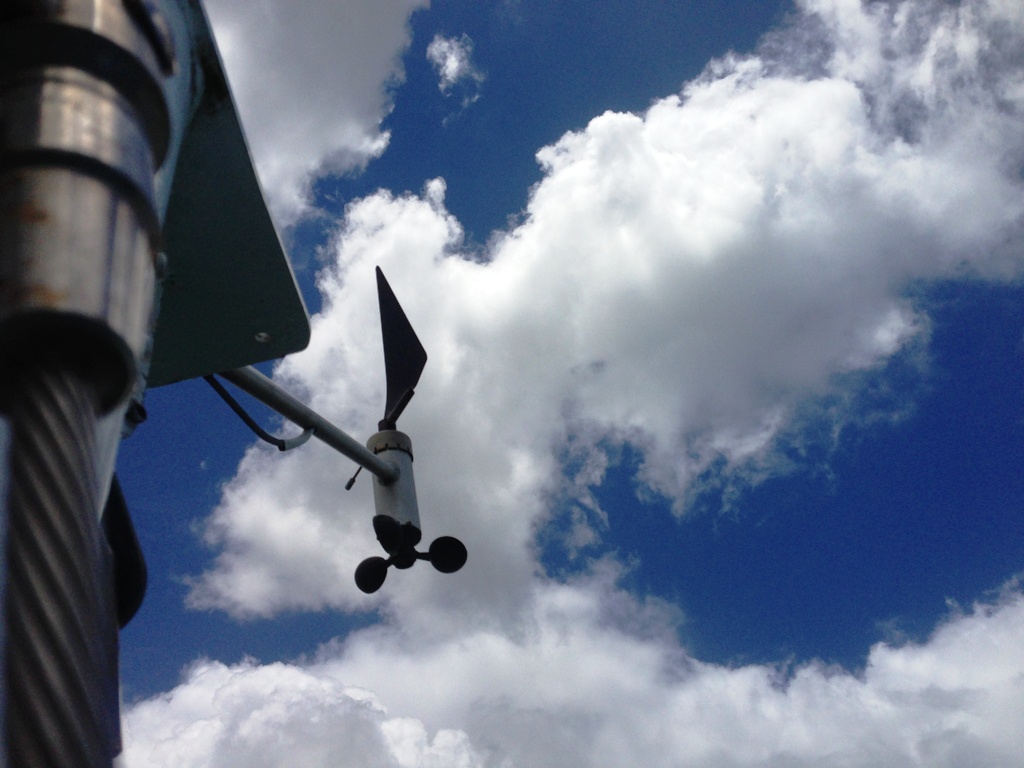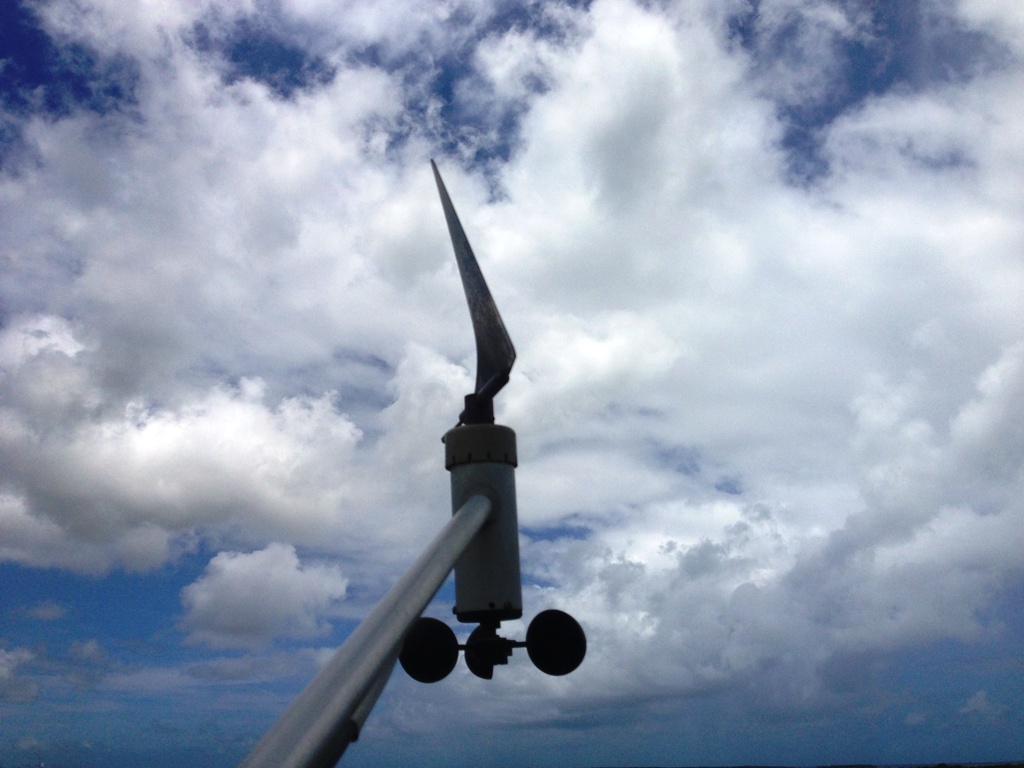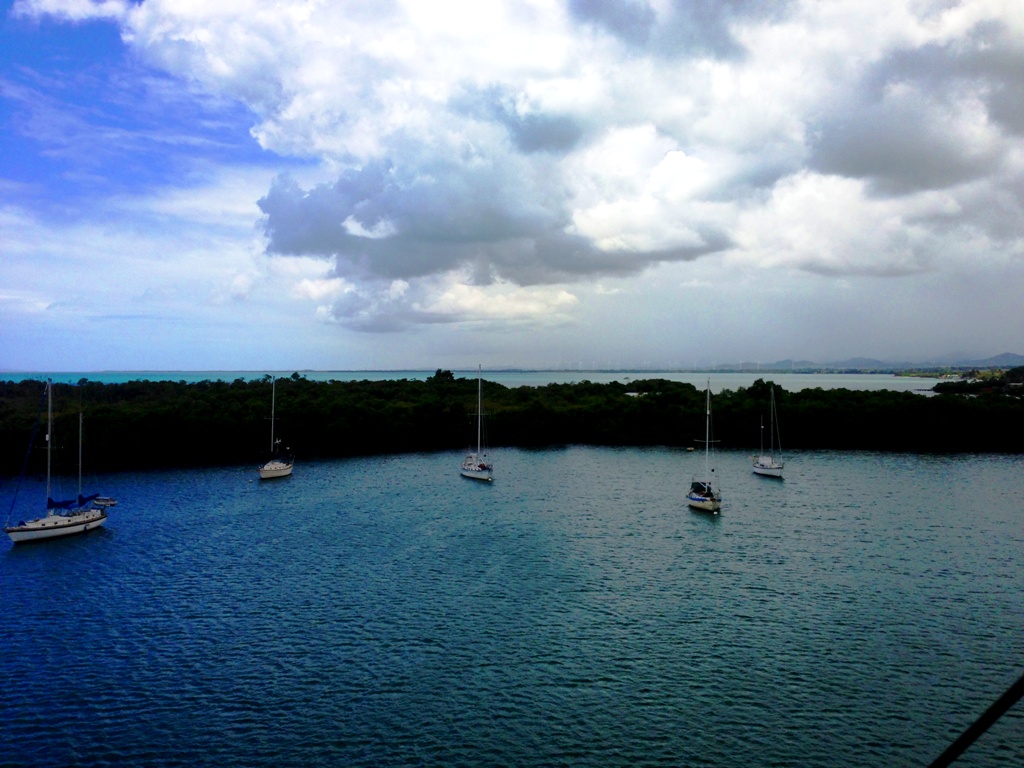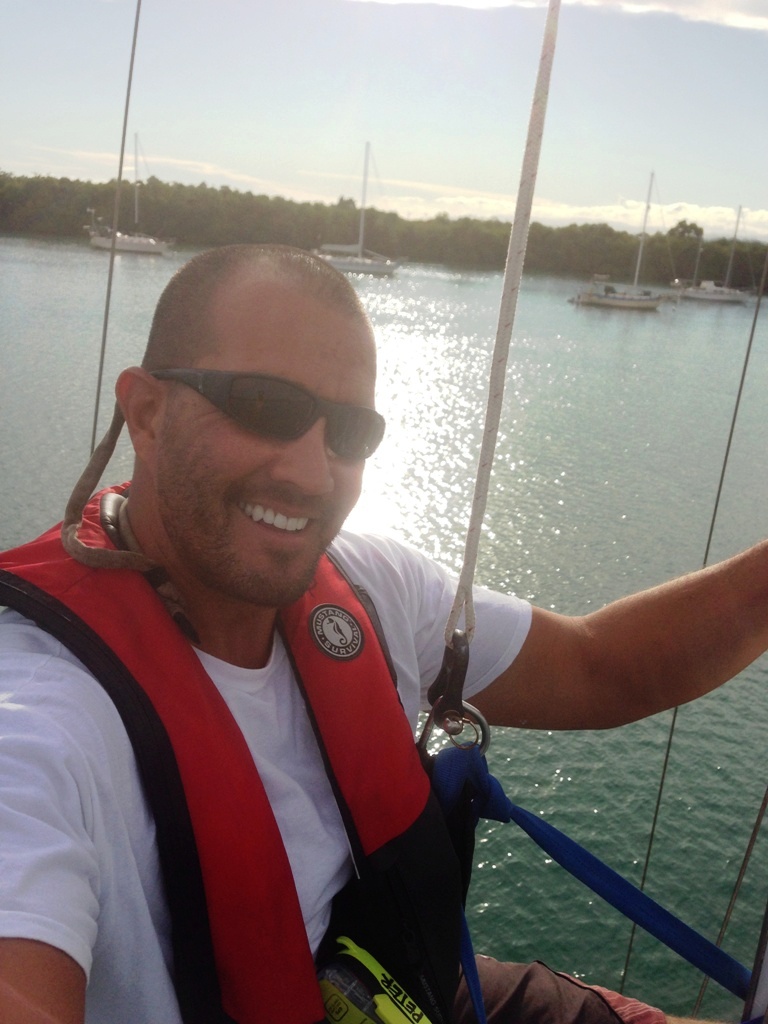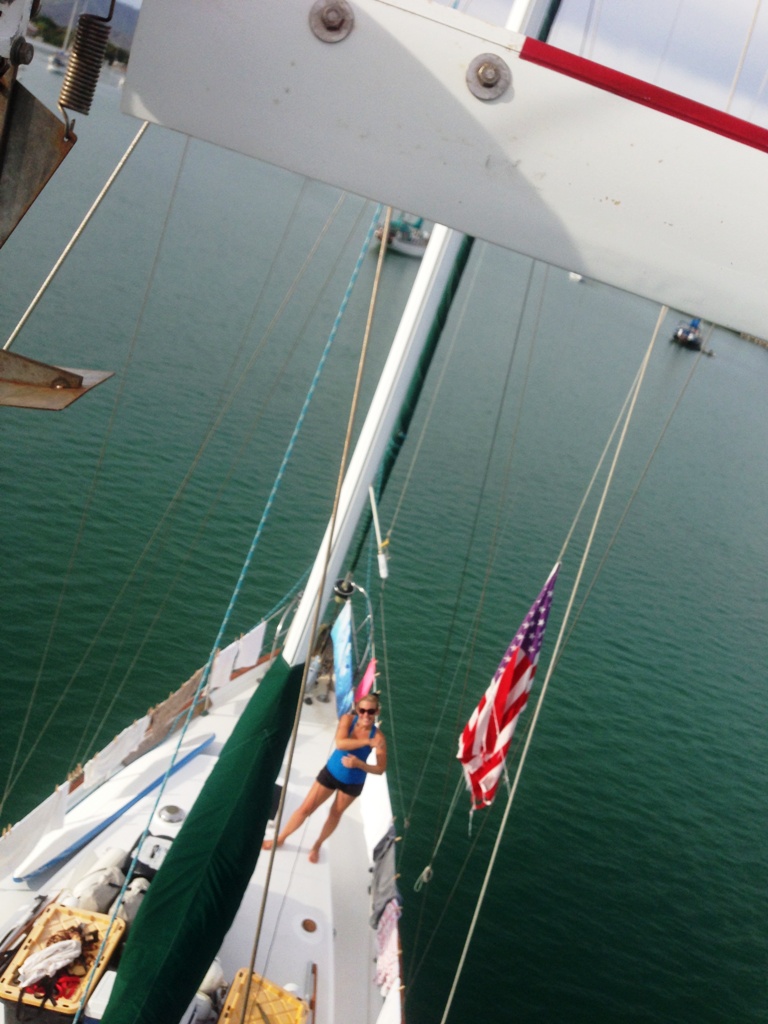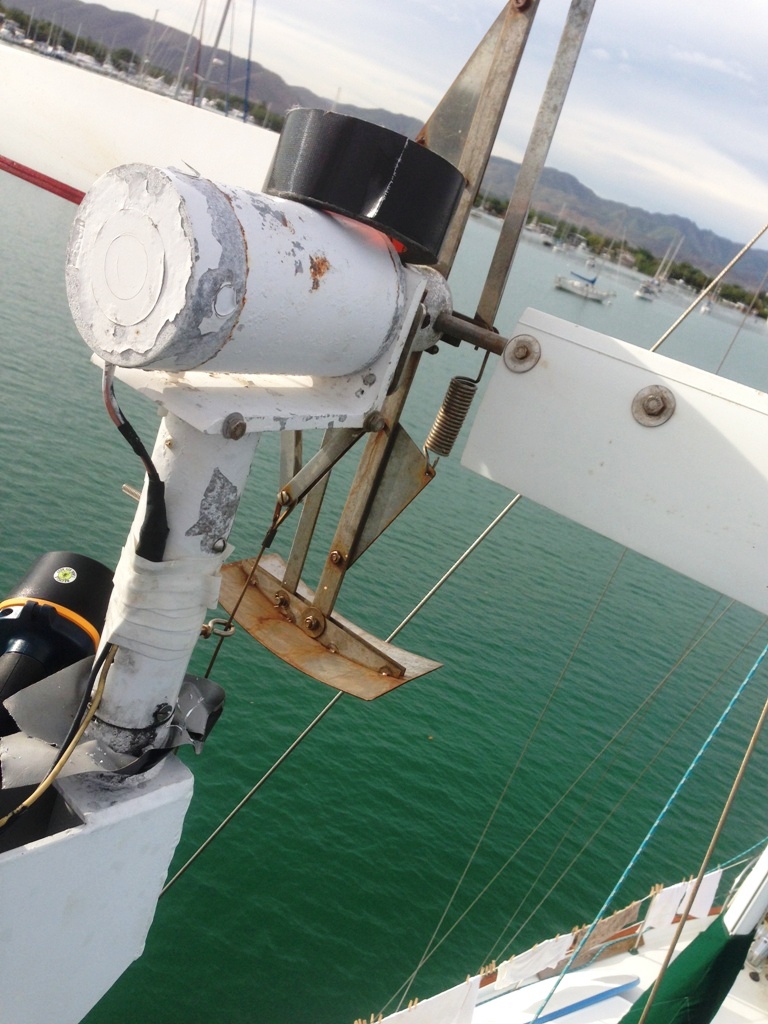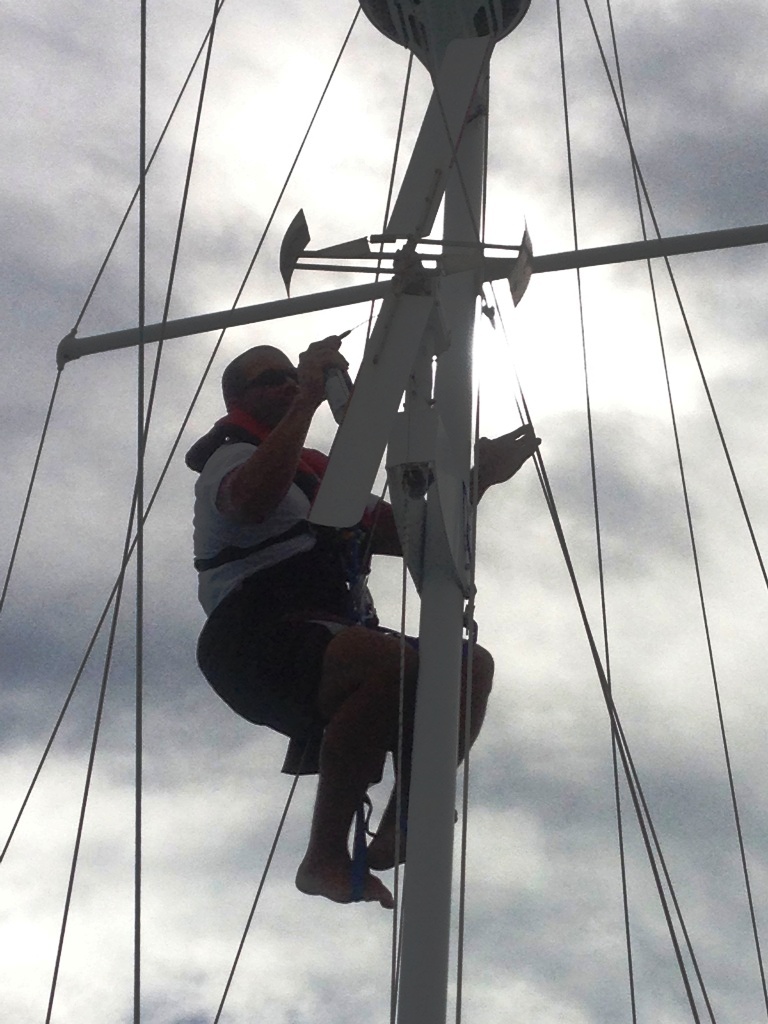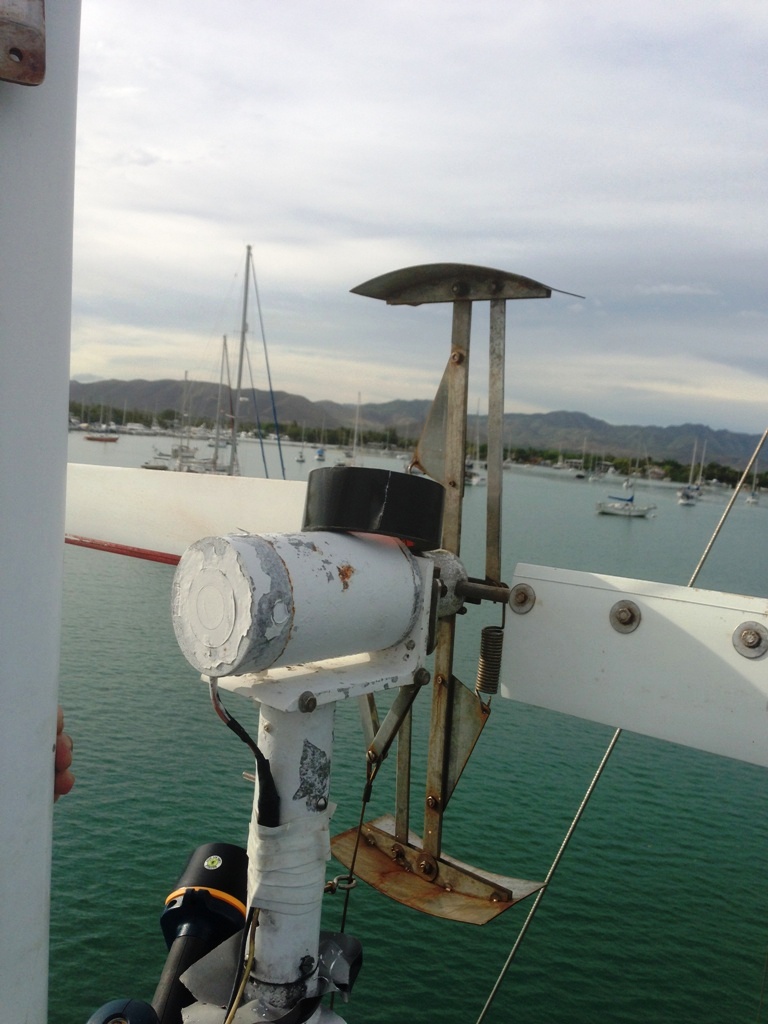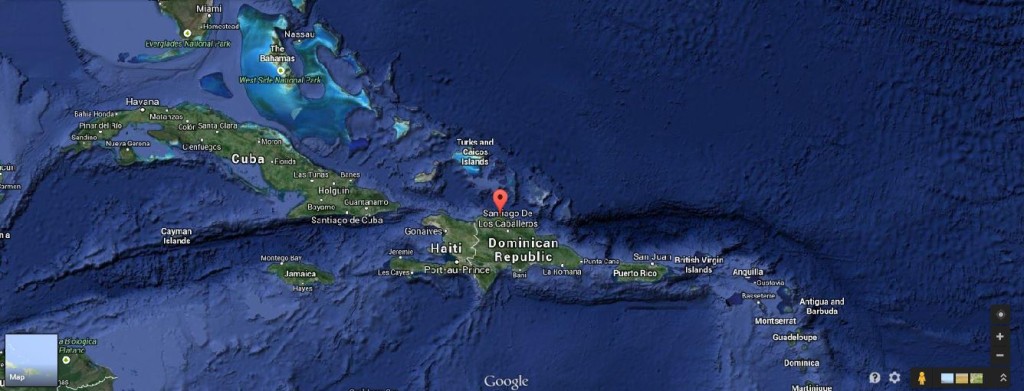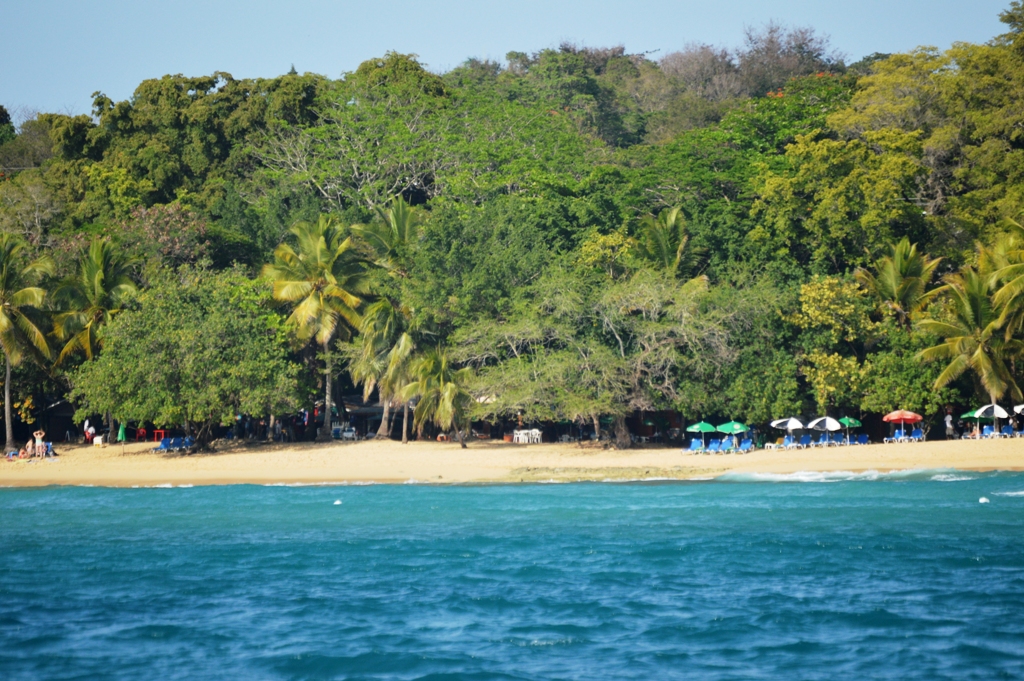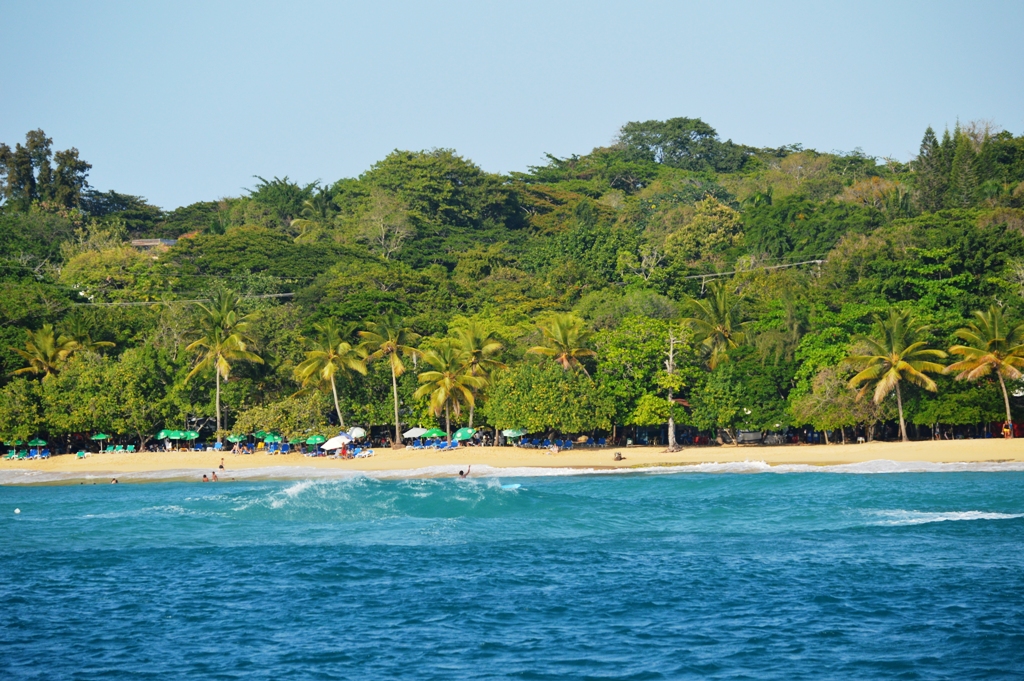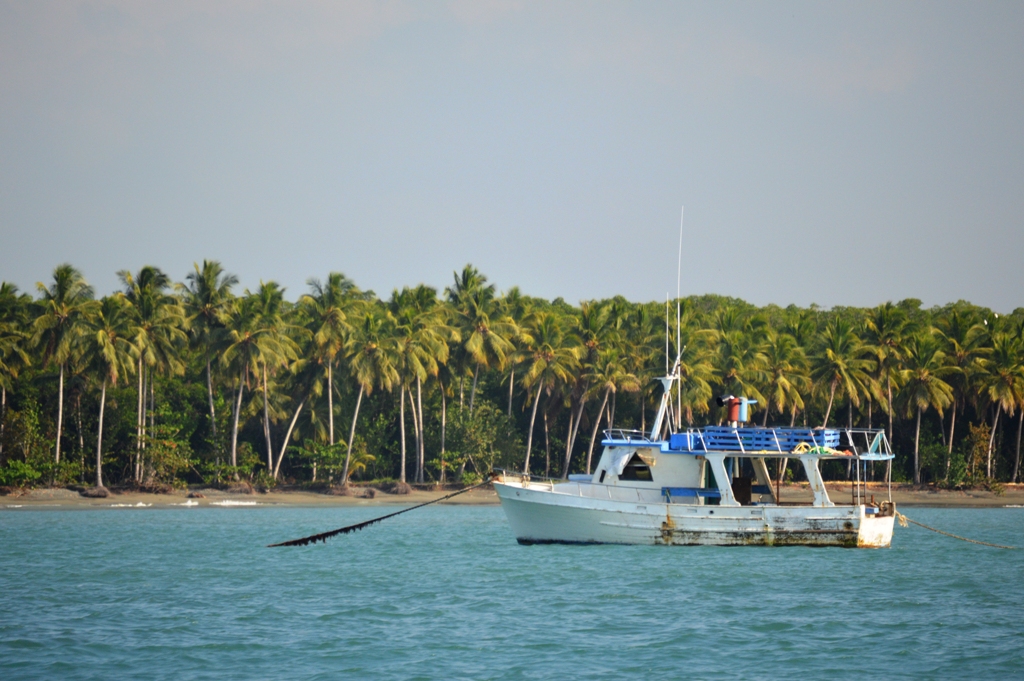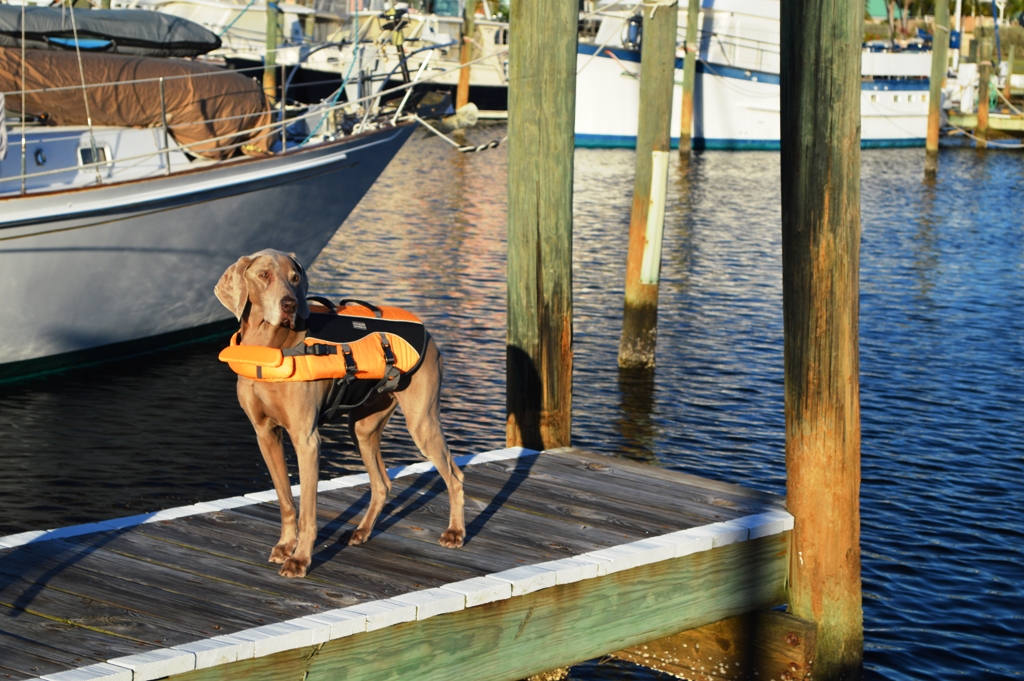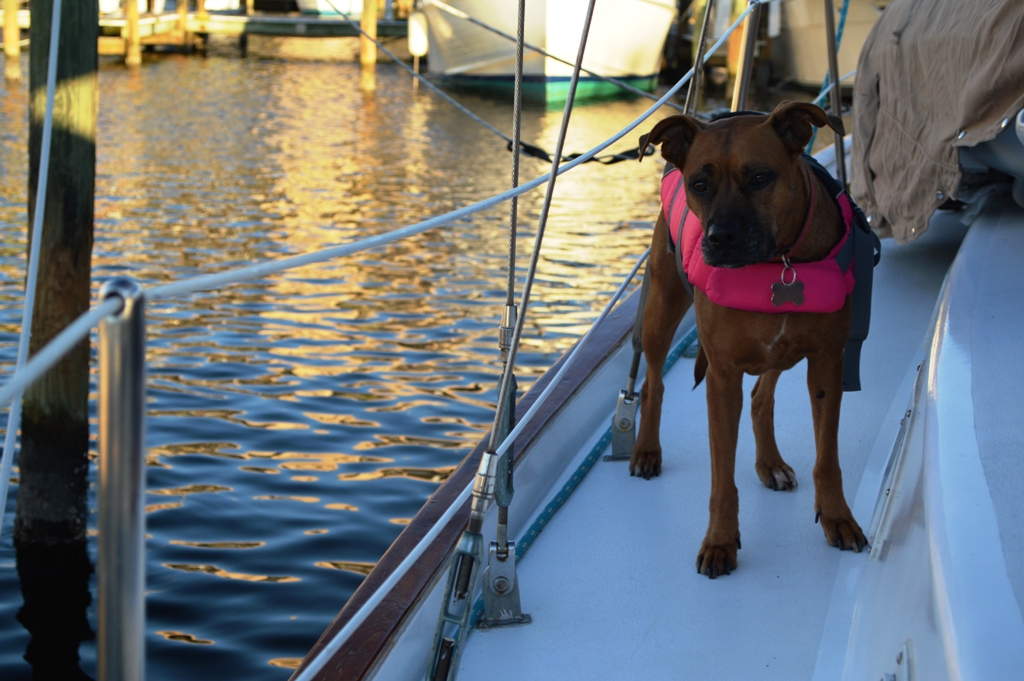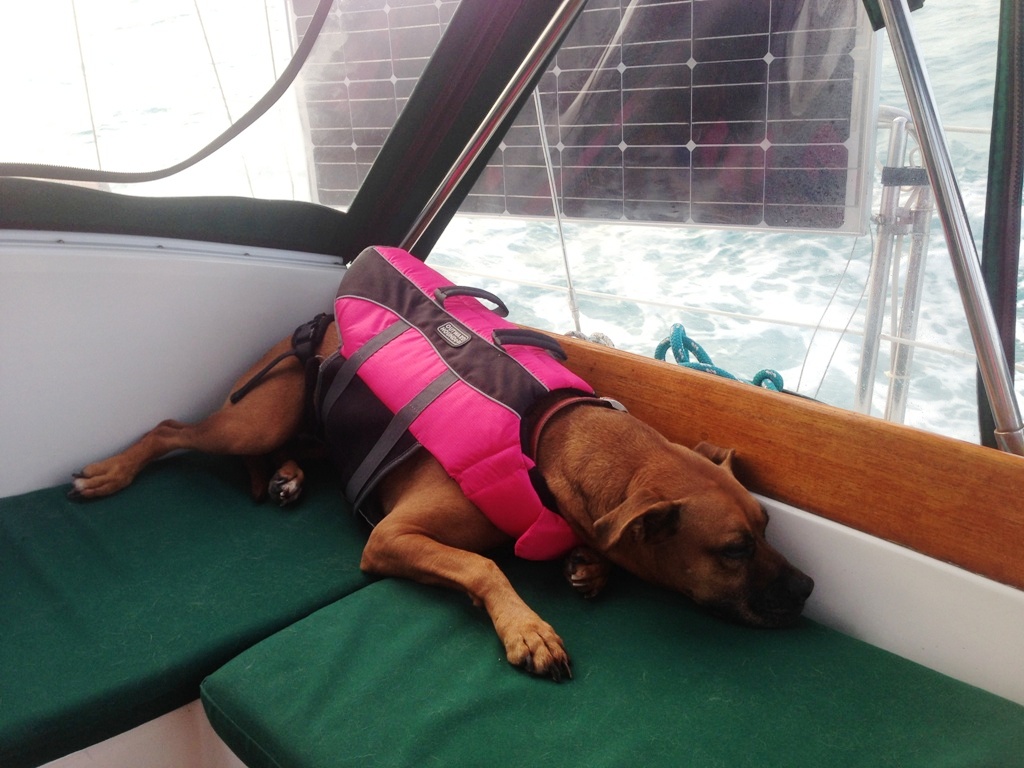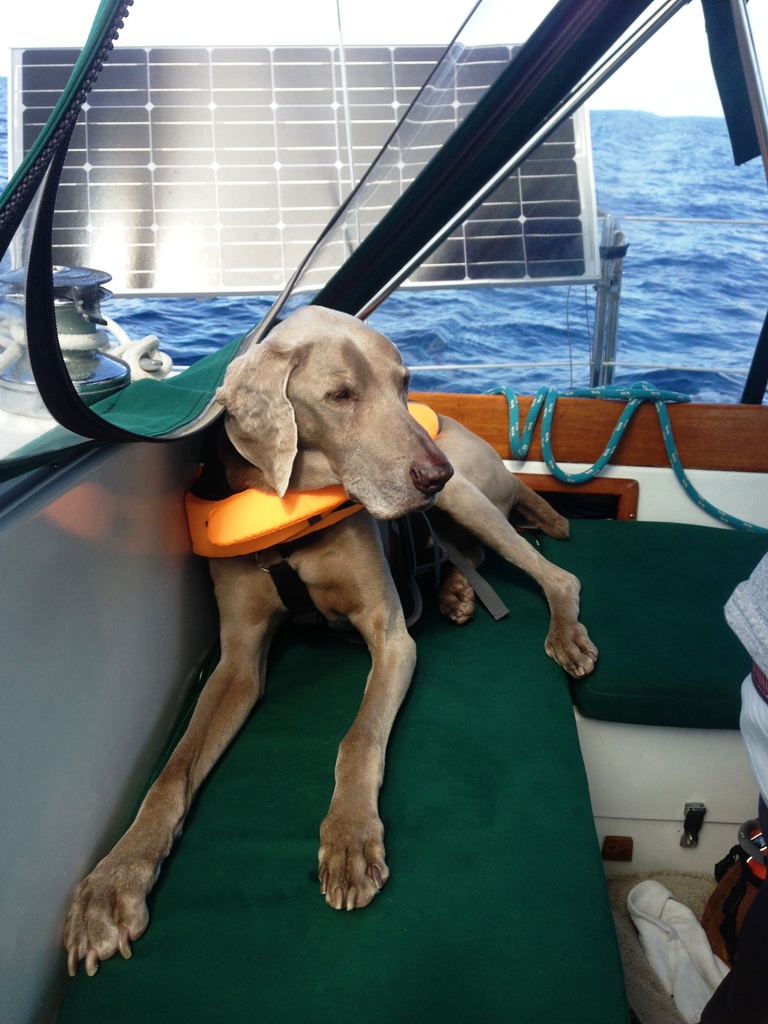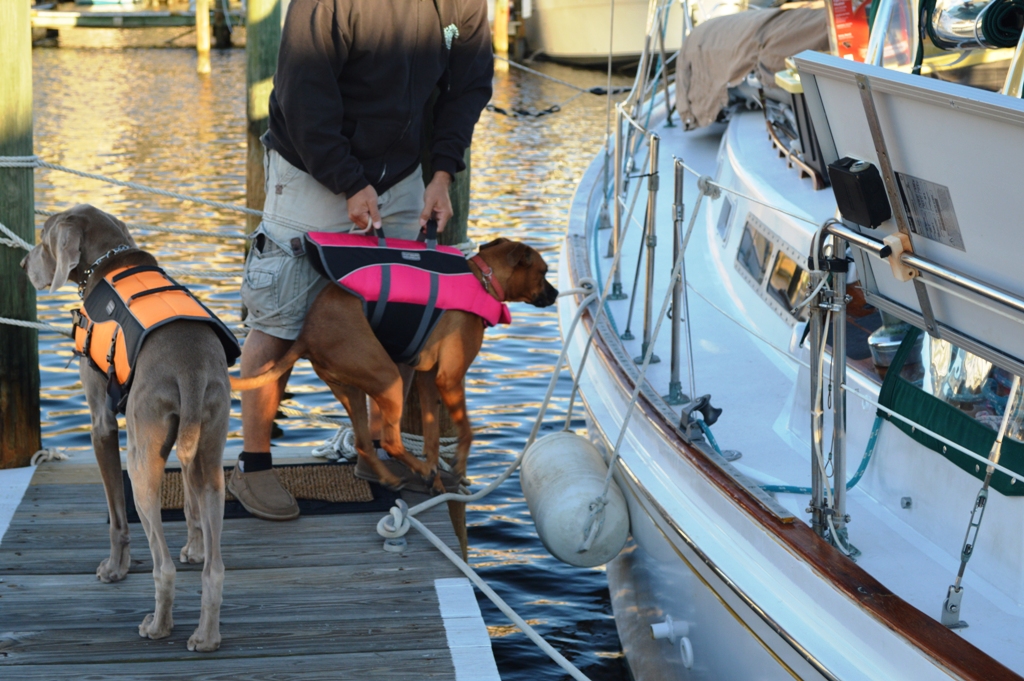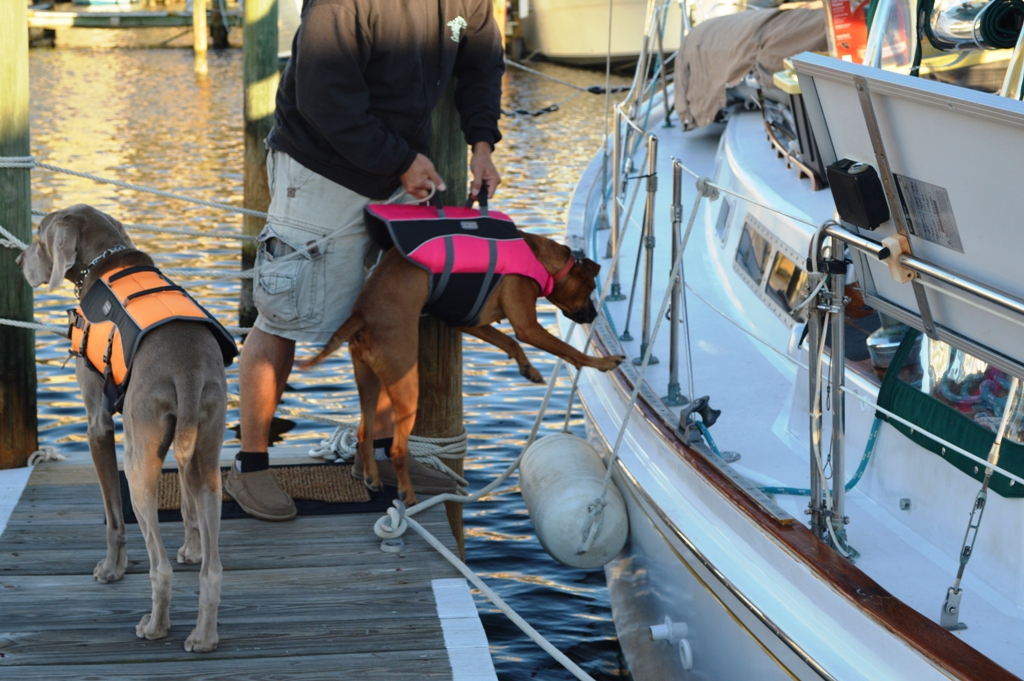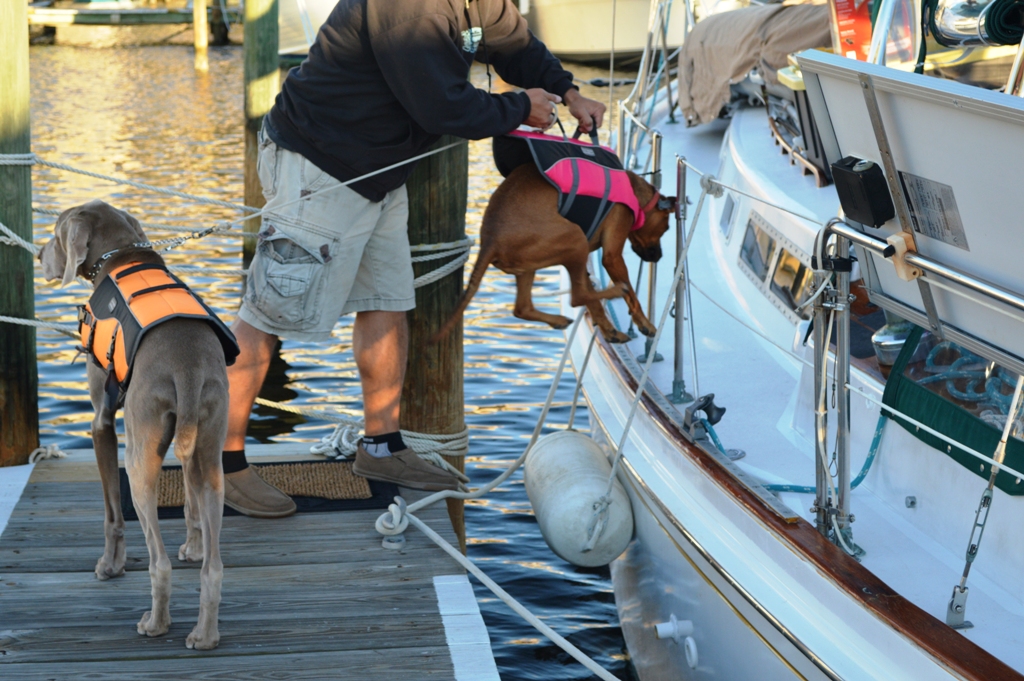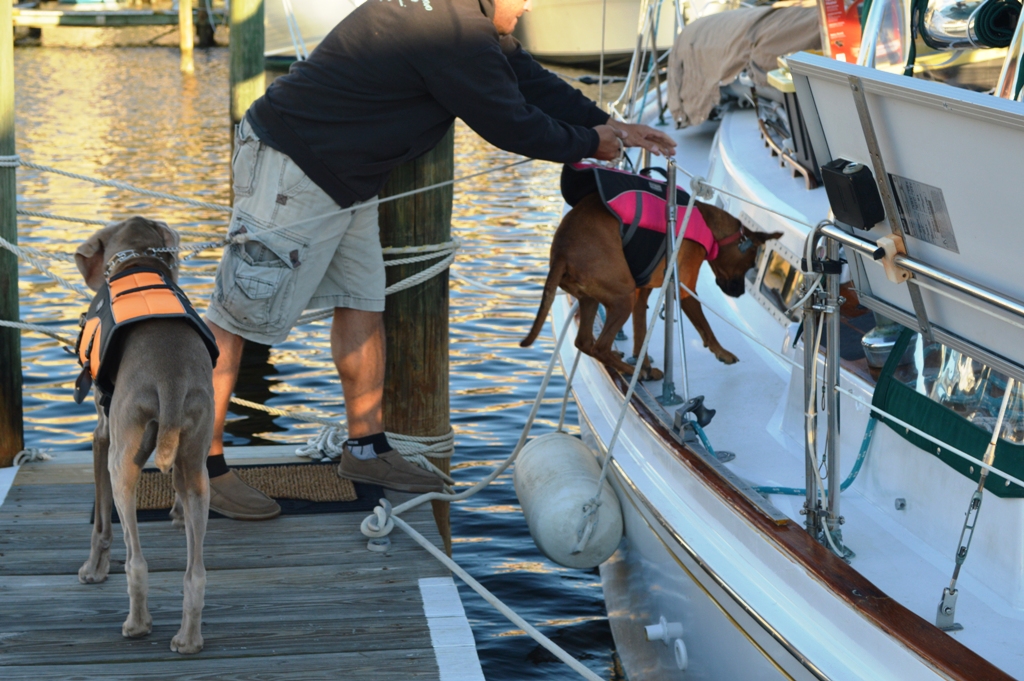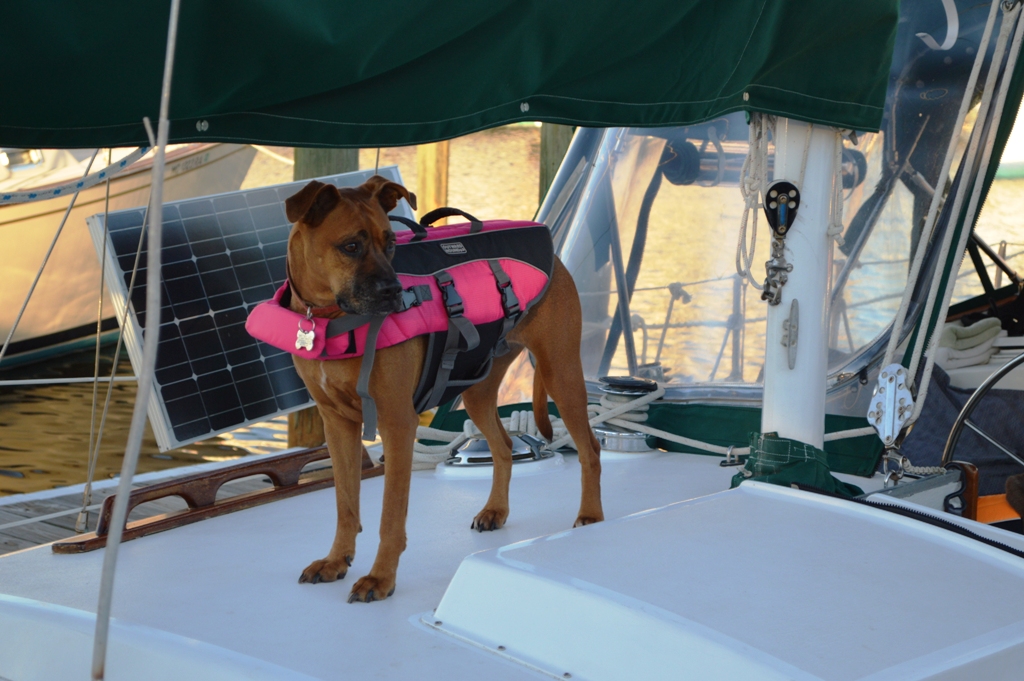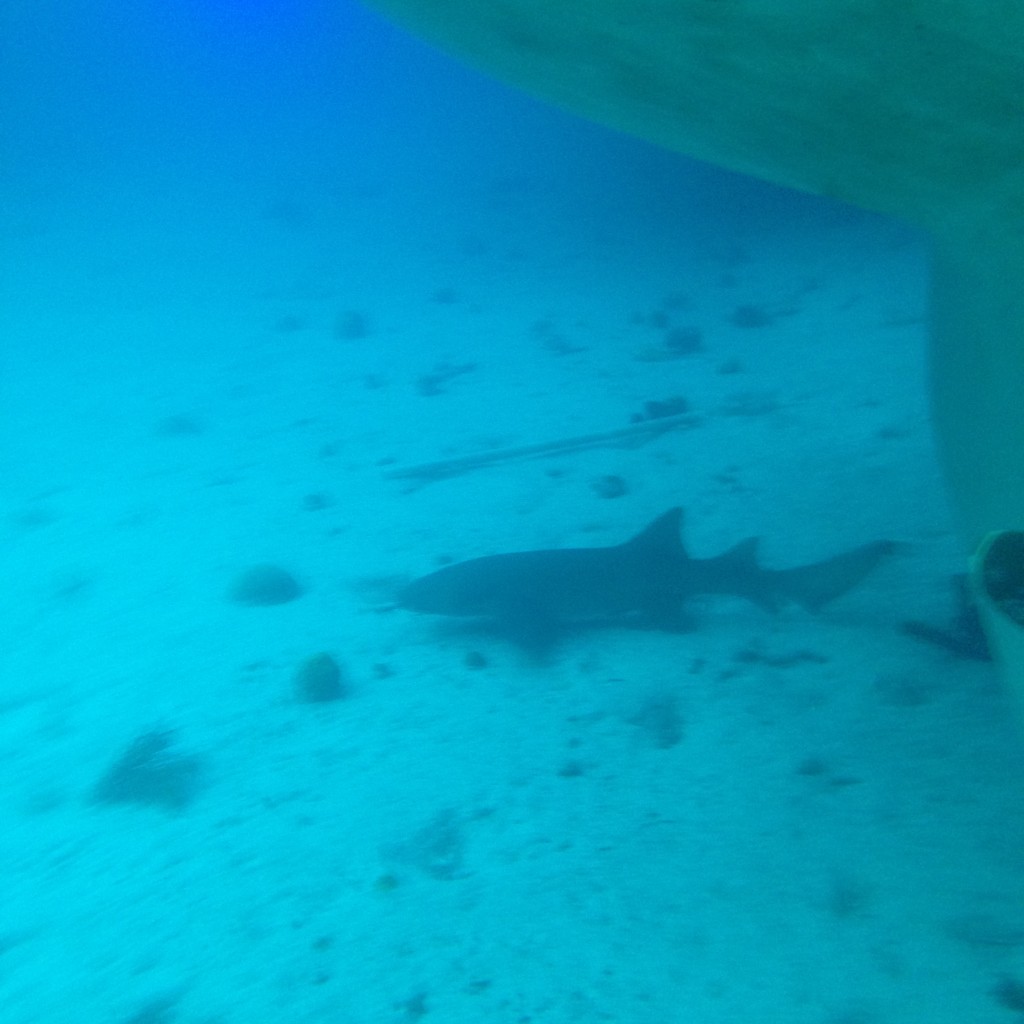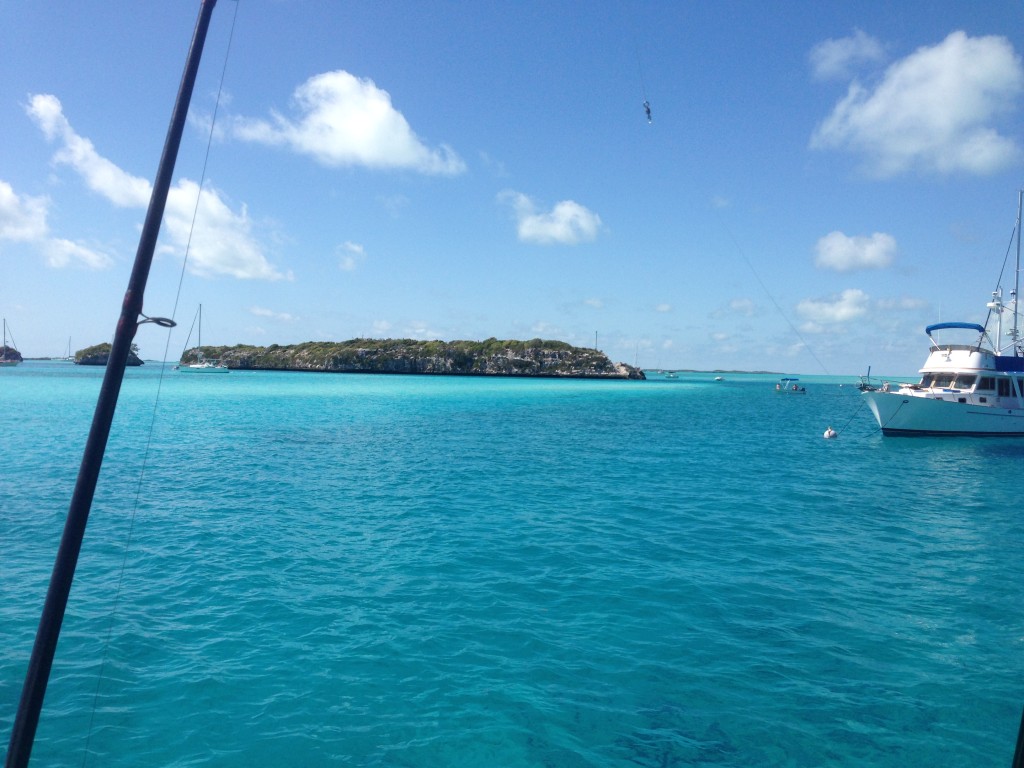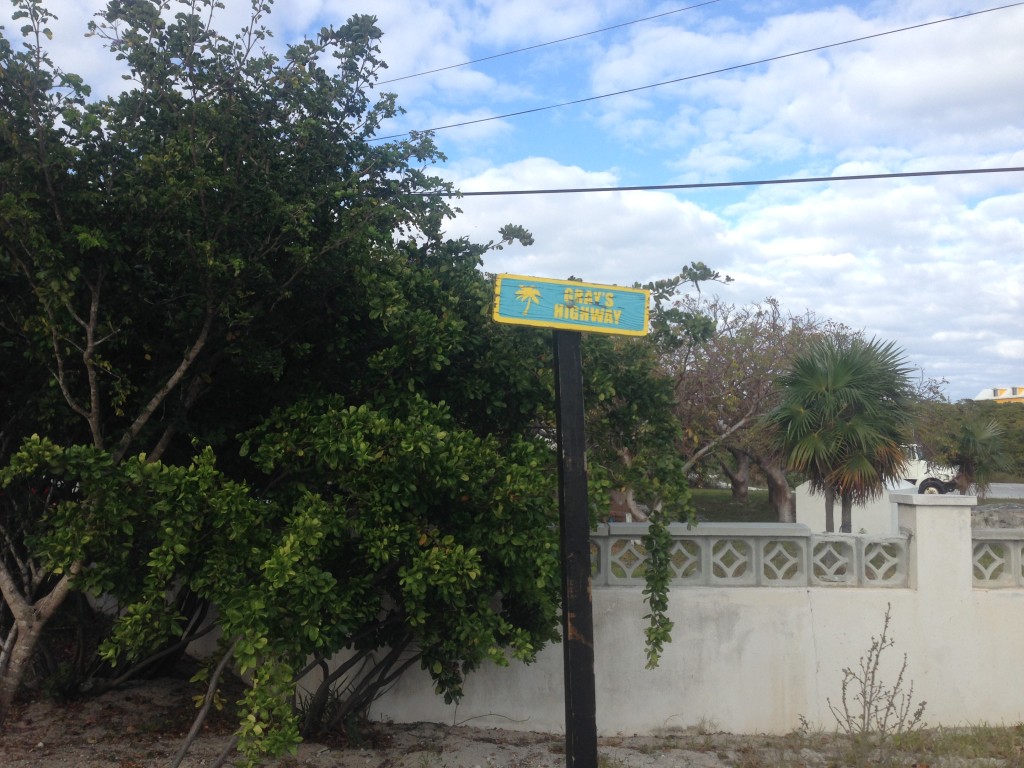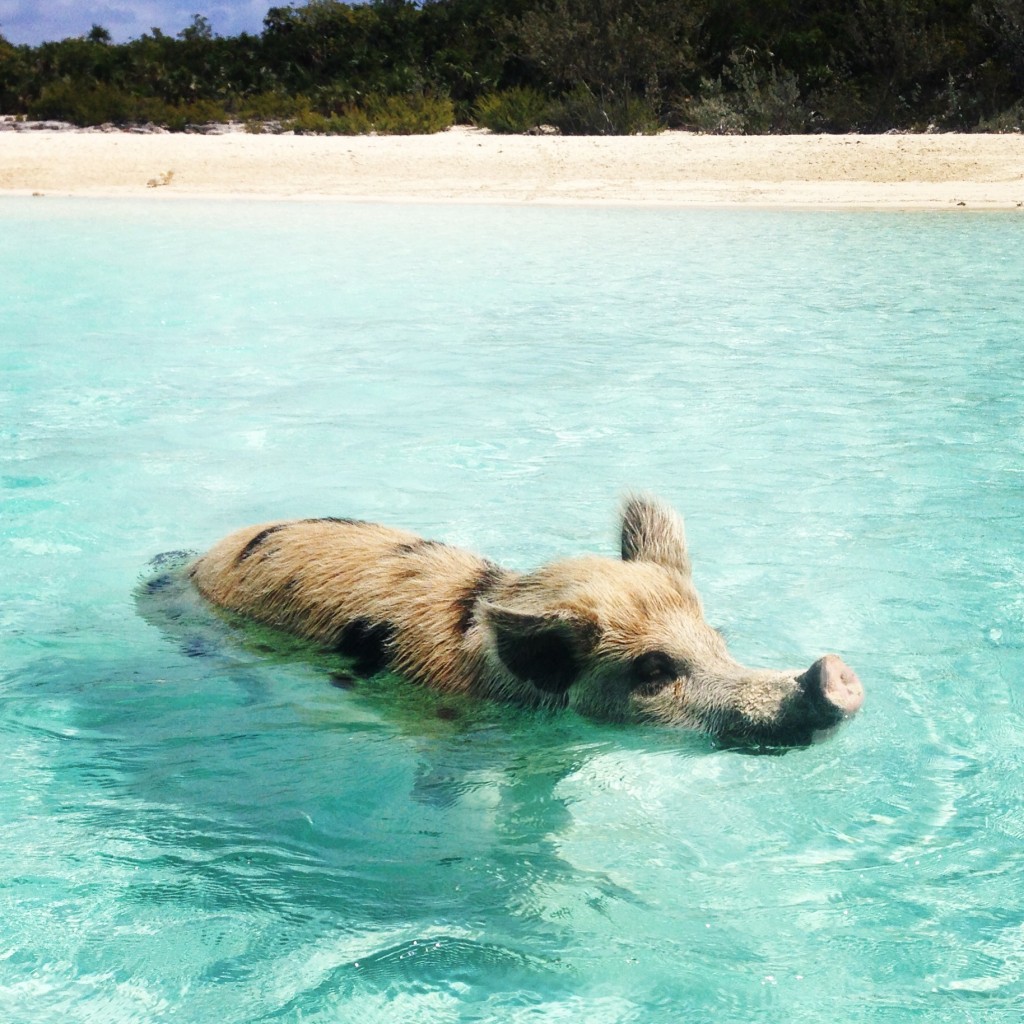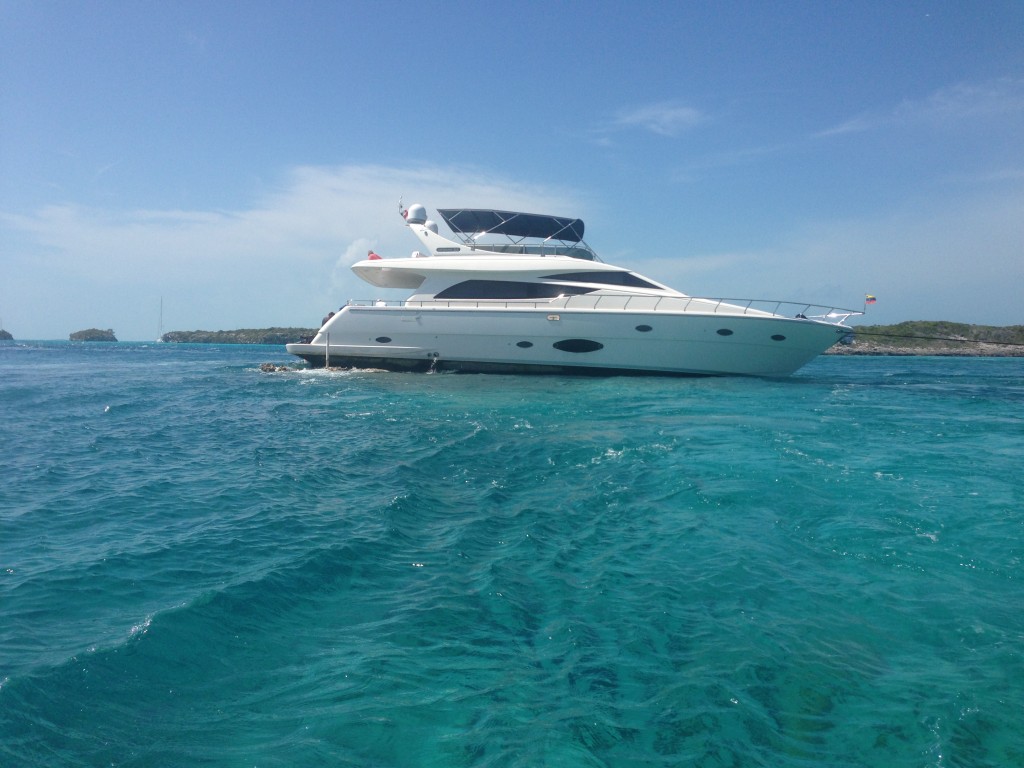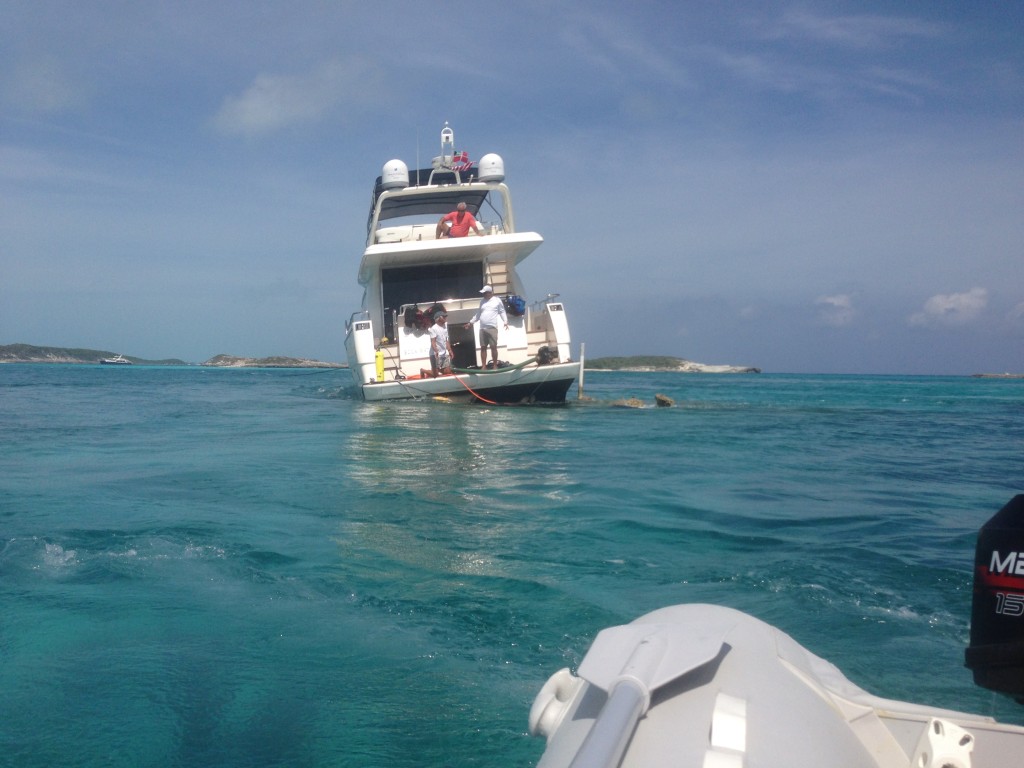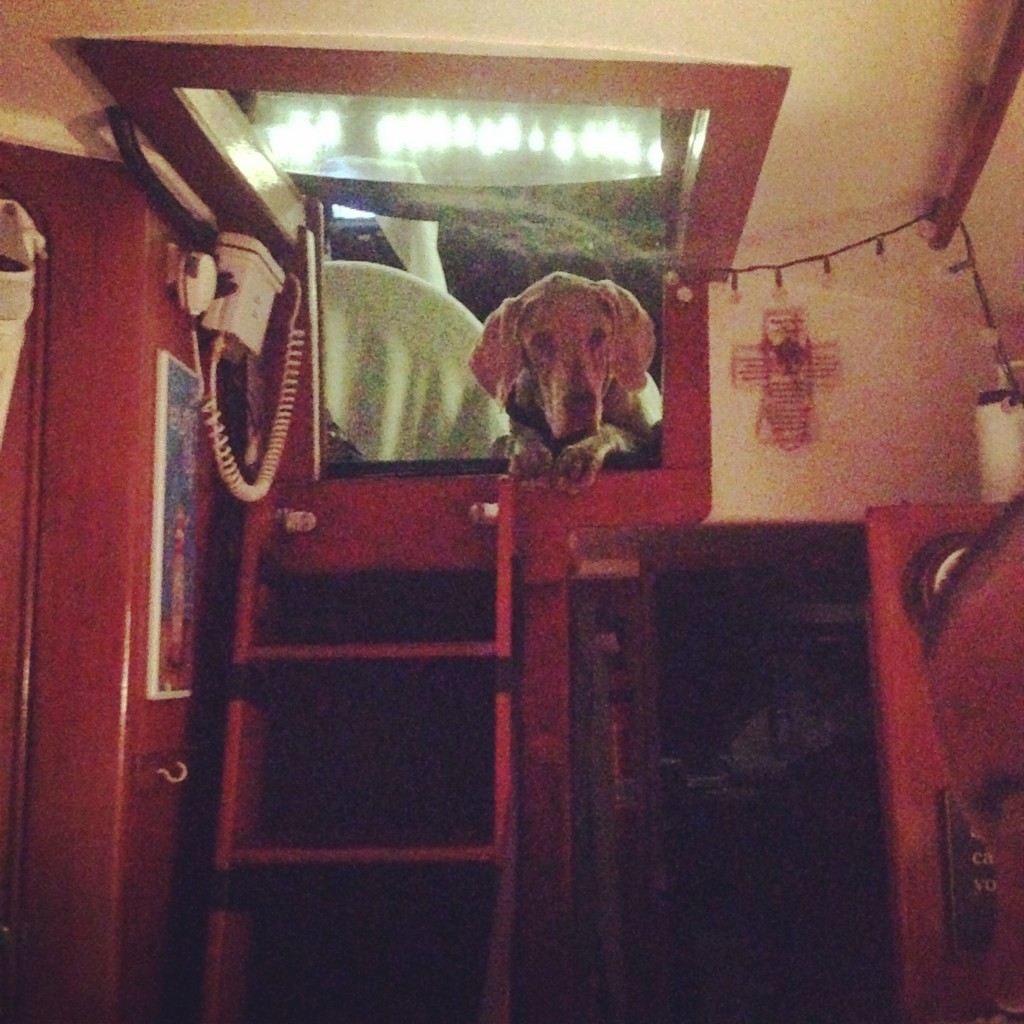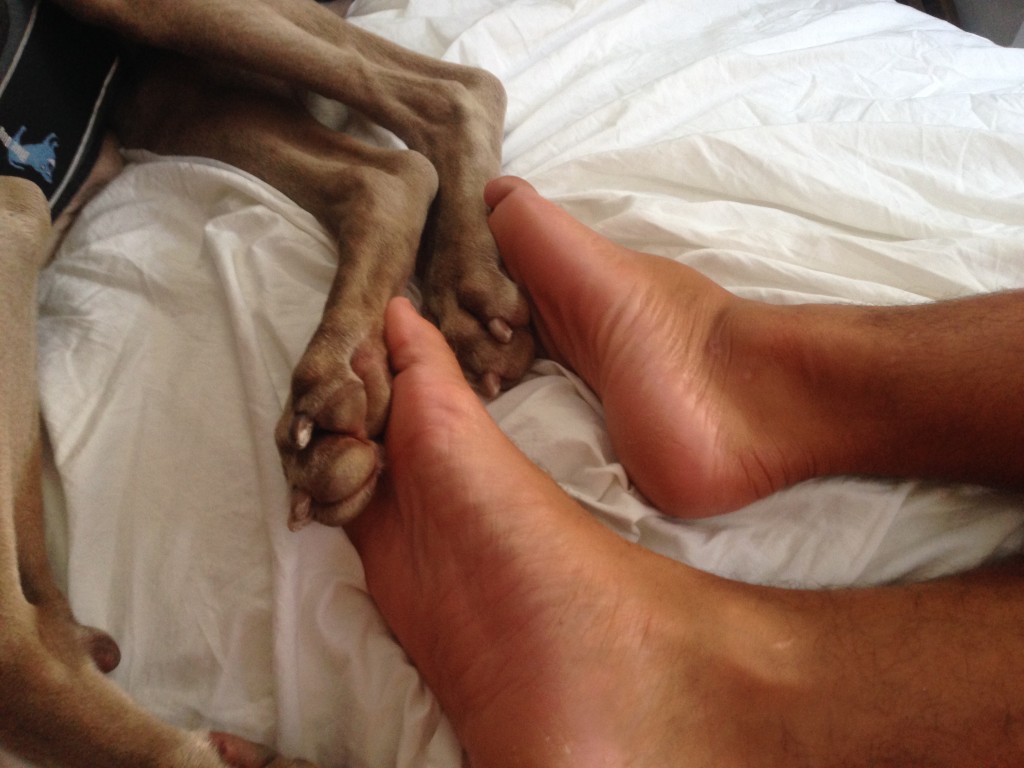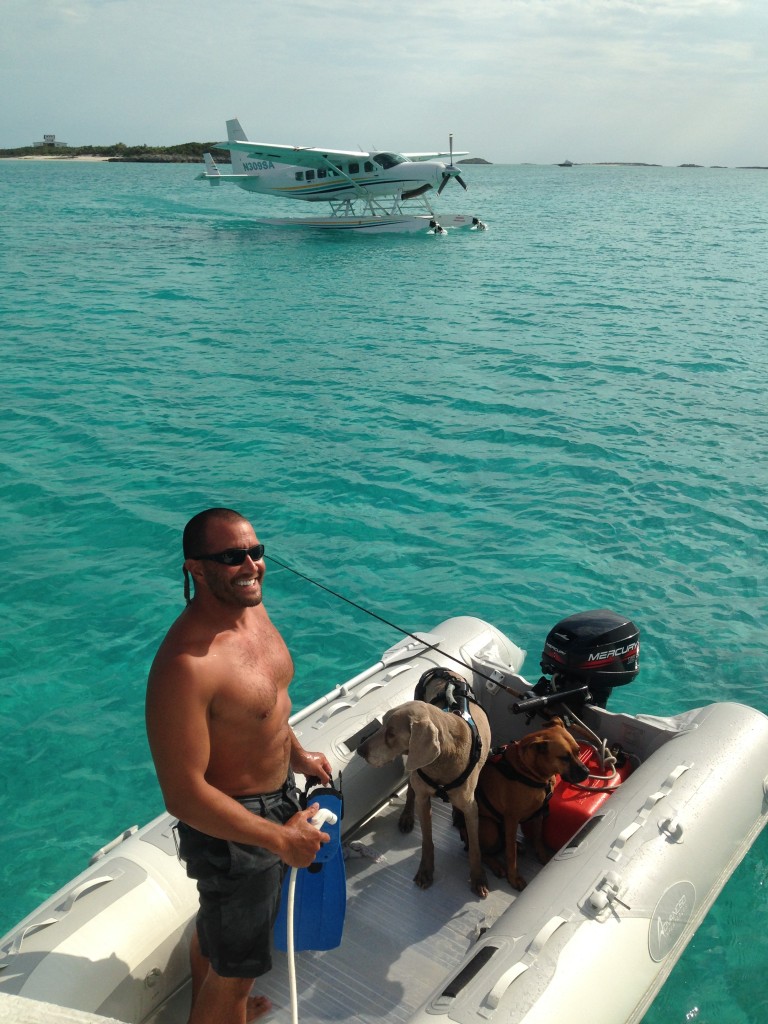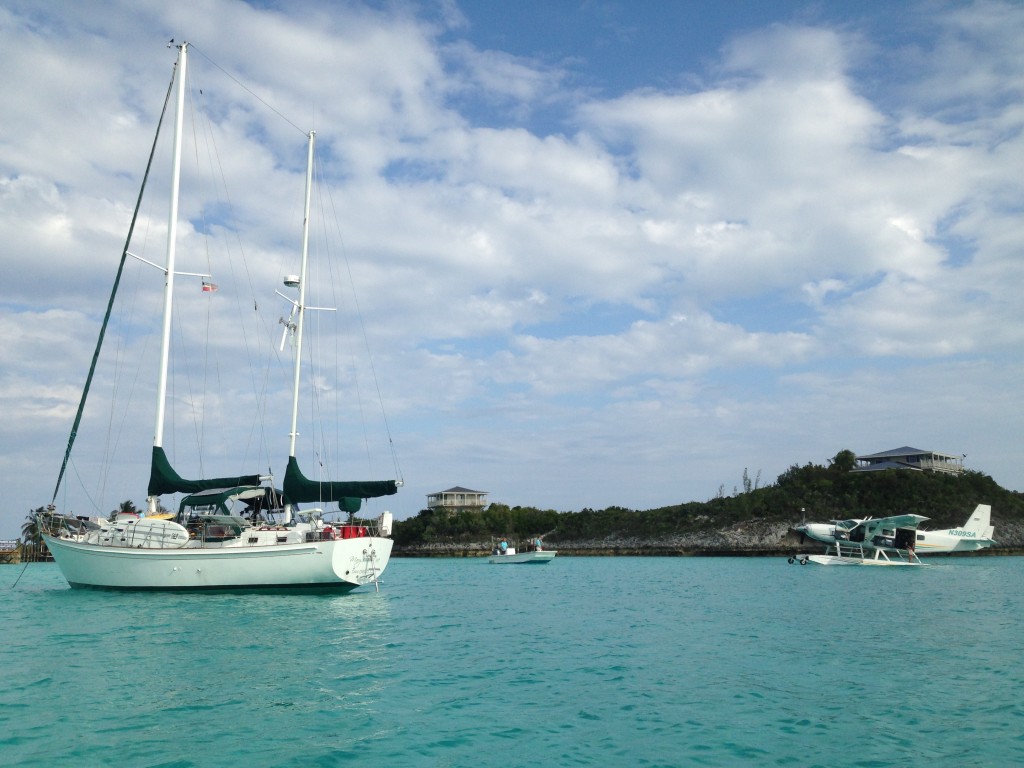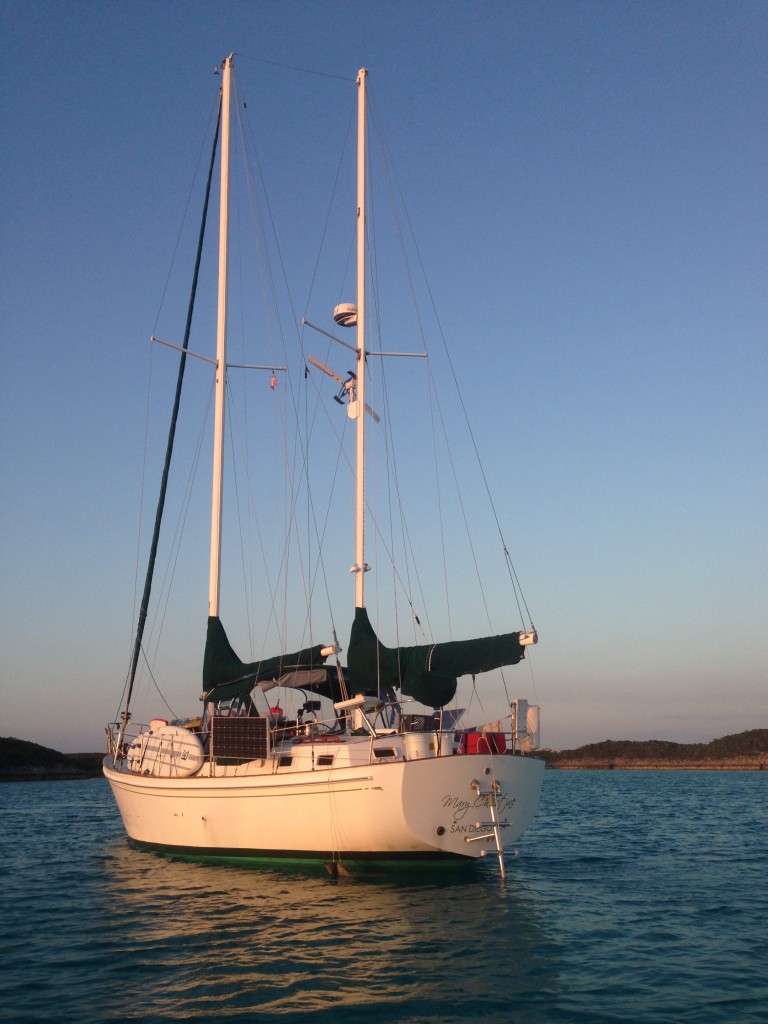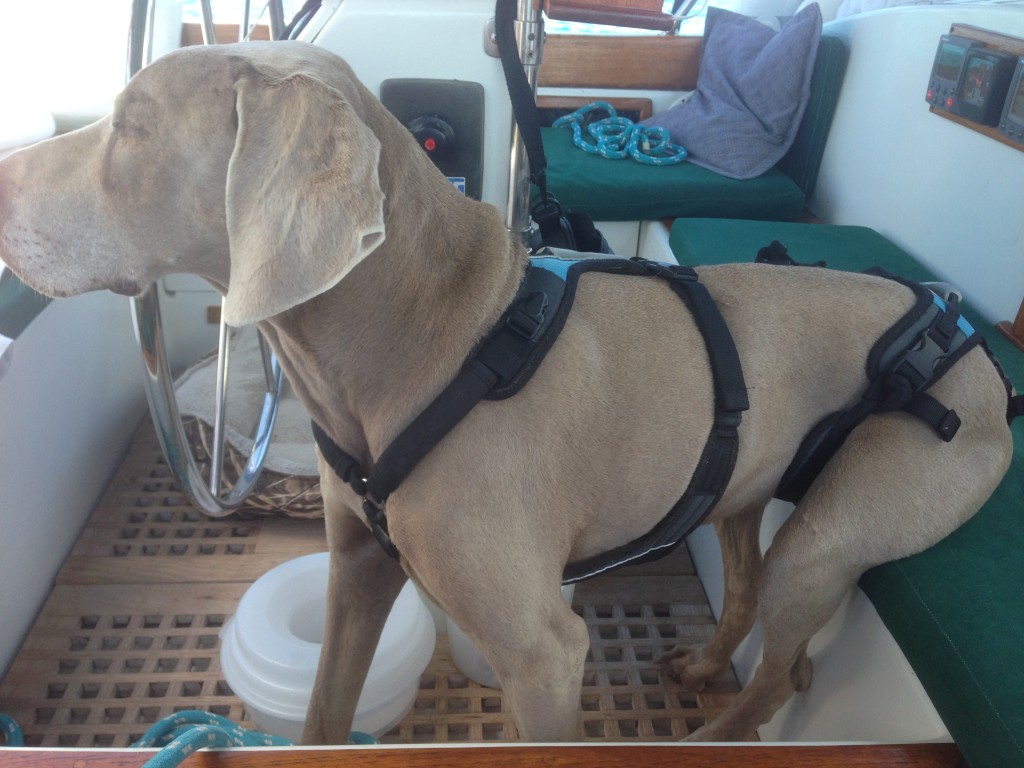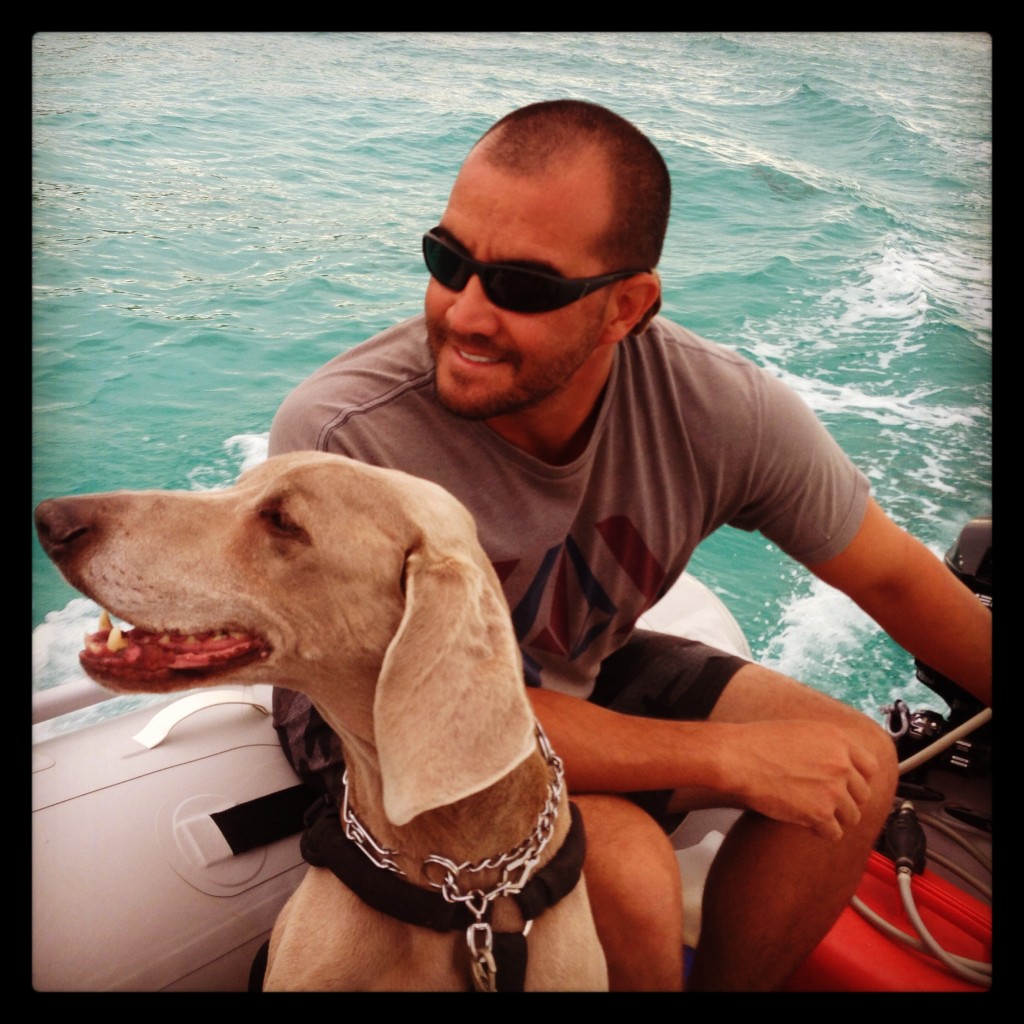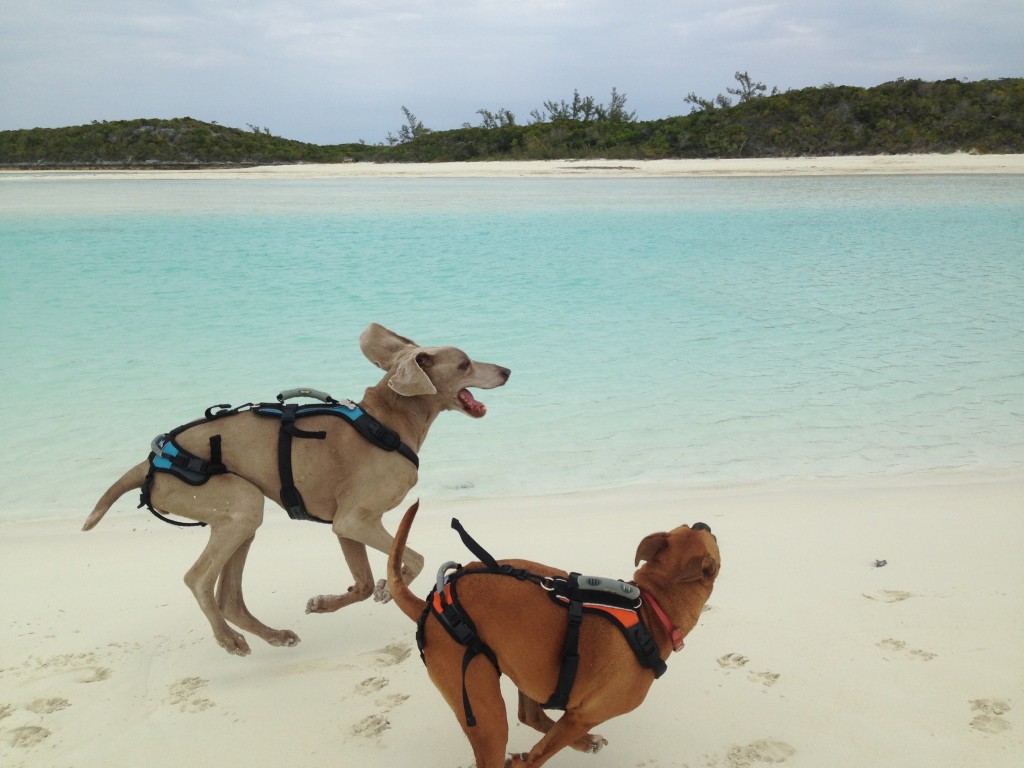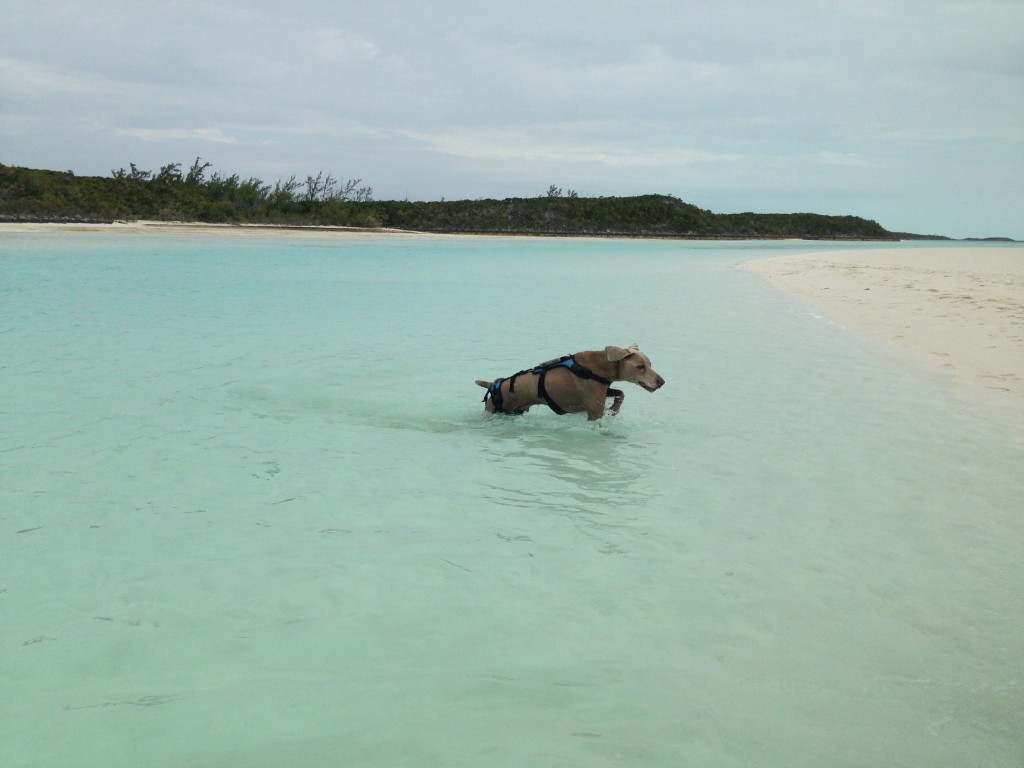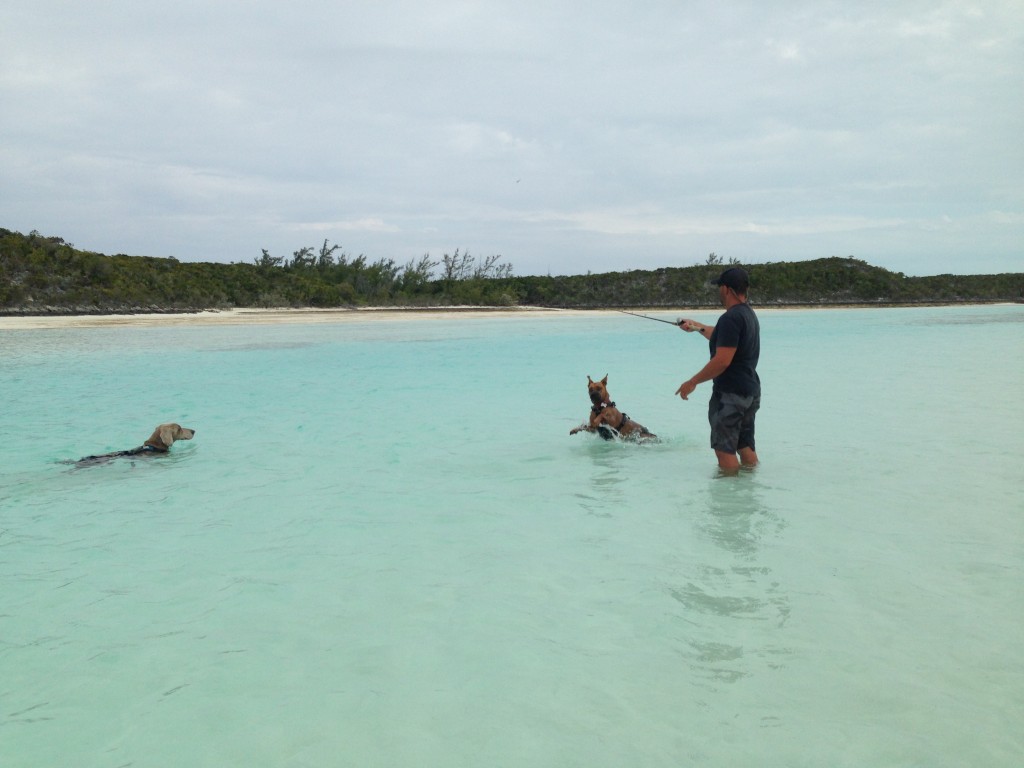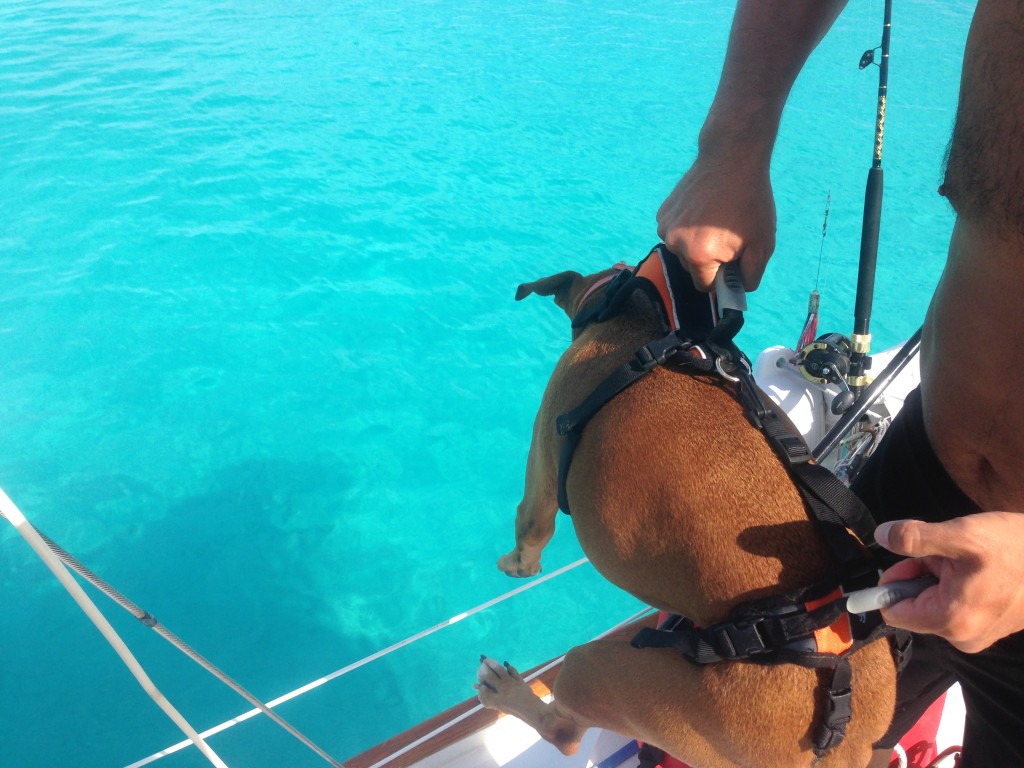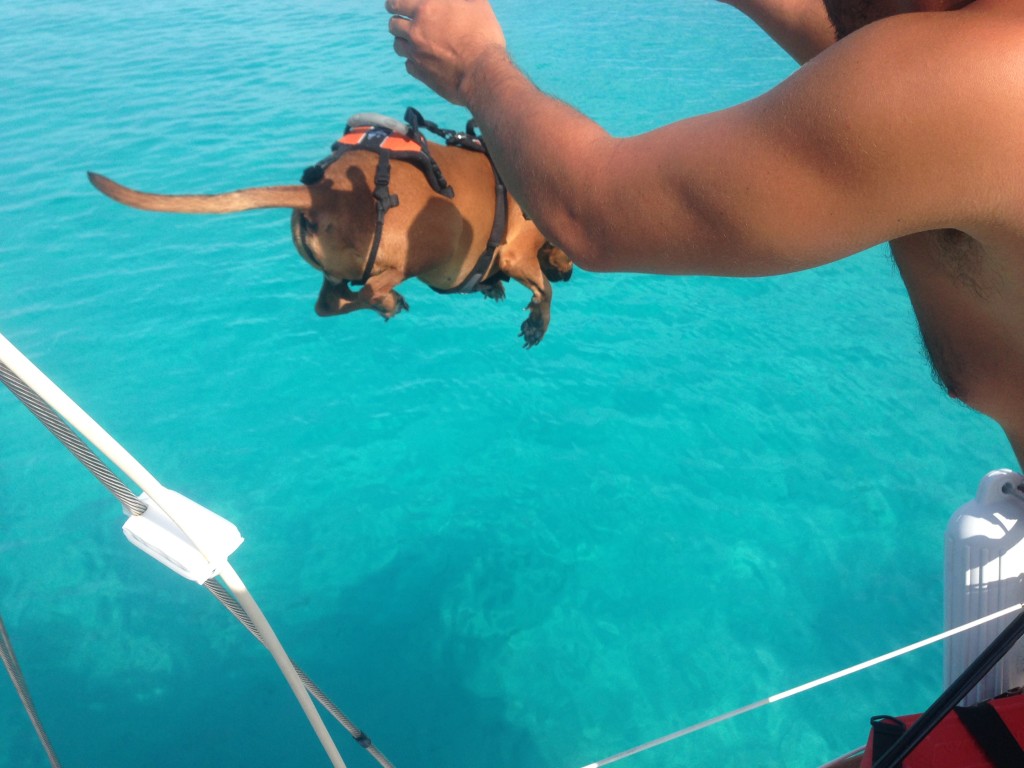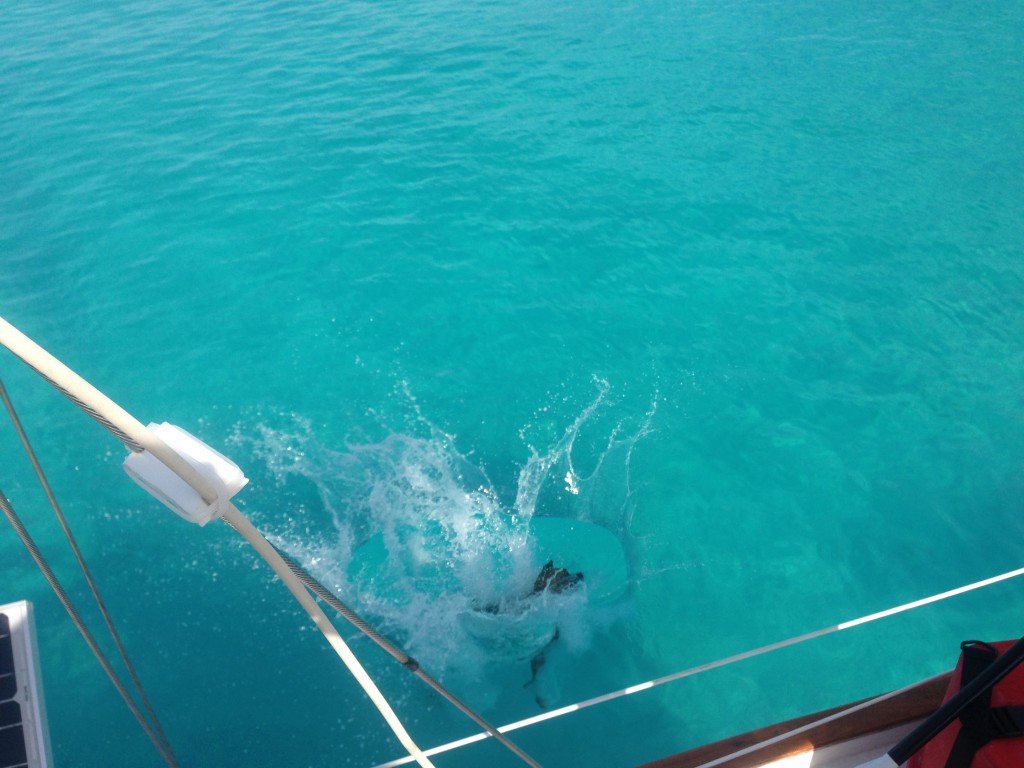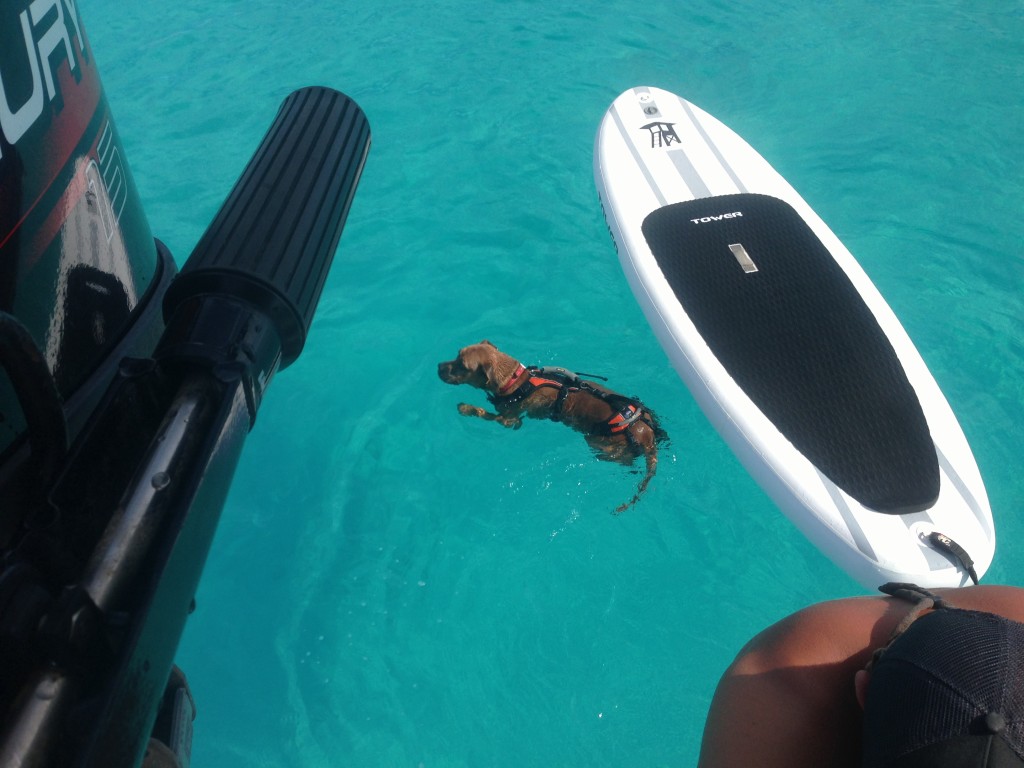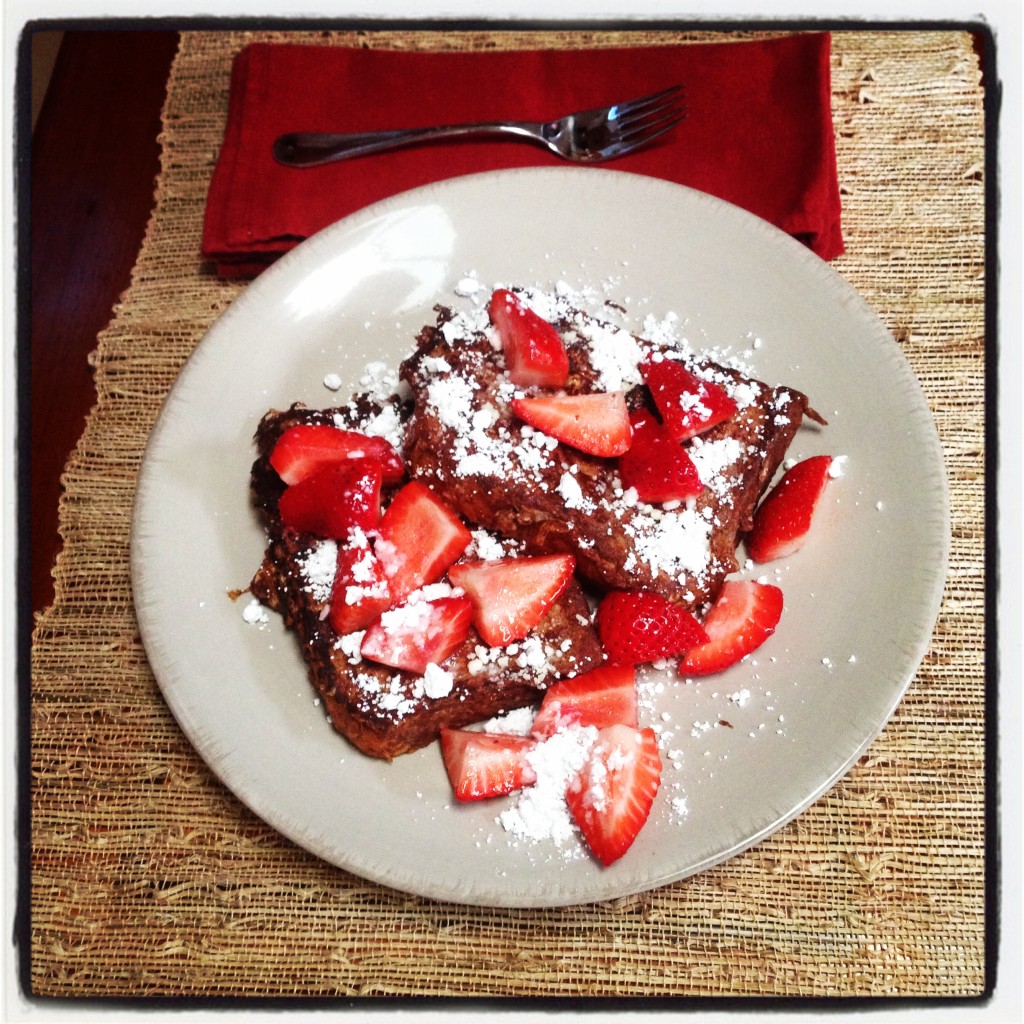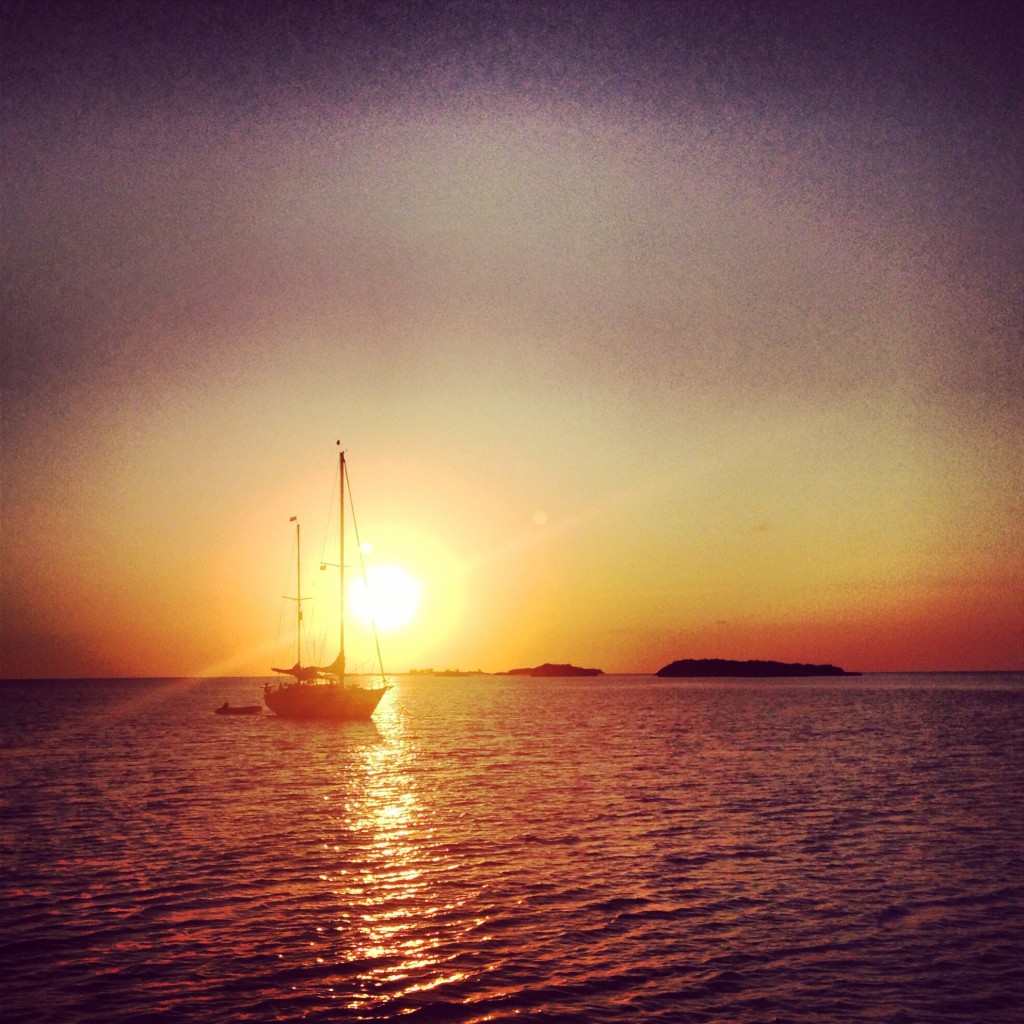NEWLY SALTED is a semi-regular publication of interviews with people who began cruising in the last few years or who have completed a cruise of under 2 years. We are excited to share a little bit about our experience after our first four months at sea and just over 2000 nautical miles under our belts. Newly Salted is a companion site to Interview With A Cruiser which features interviews of those that have been out cruising for more than two years. Someday we will be able to share what we have learned on that site as well :)
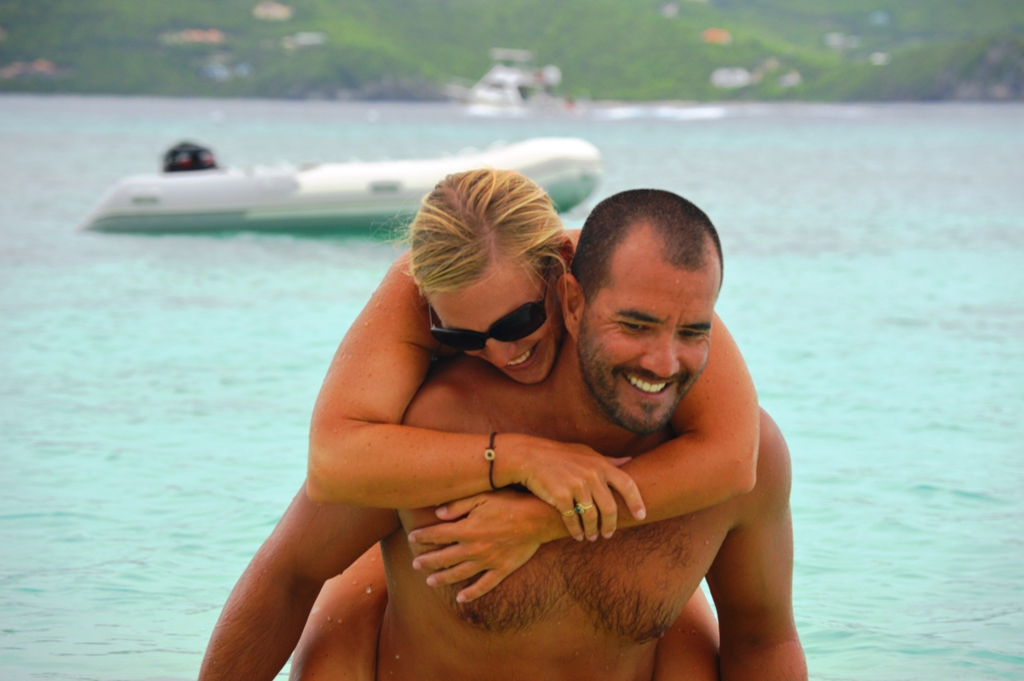
Who Are We?
Peter and Jody are a young couple from San Diego, California who drove across the country with their two dogs, Betsy and Gunner, to move aboard their 42′ sailboat in October 2013. They sailed away from safe harbor on the west coast of Florida in February to begin a journey of a lifetime in honor of Peter’s mother who passed away from breast cancer in 2012. Named after her, the S/V Mary Christine is carrying them in search of surf, sun, sand and serenity Where The Coconuts Grow. You can read more at www.wherethecoconutsgrow.com and follow the adventures on Facebook, Instagram and Pinterest.
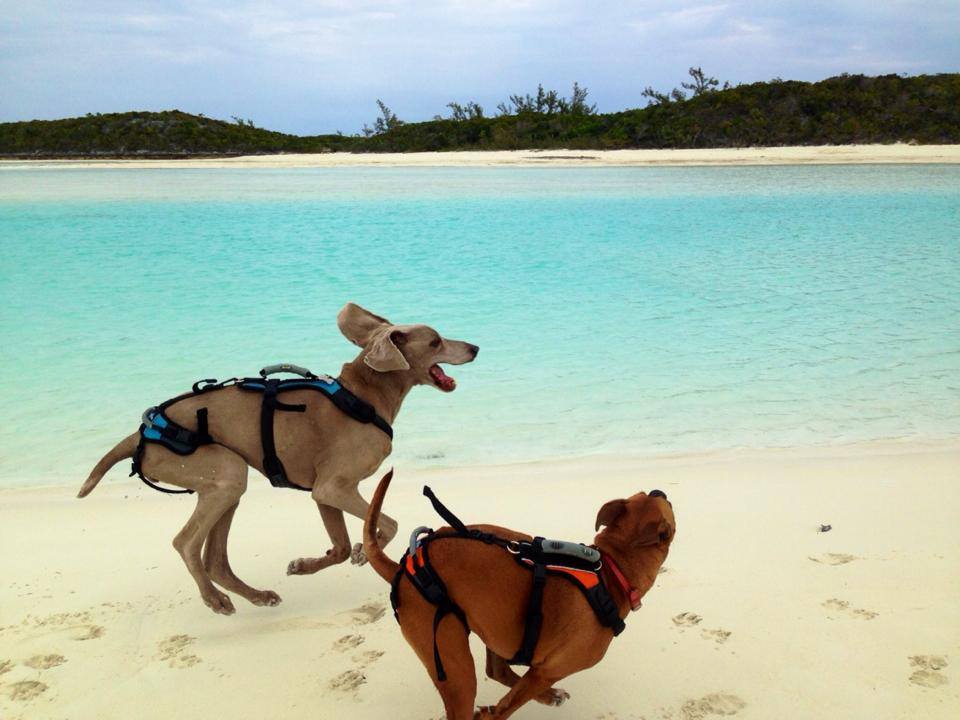
QUESTIONS AND COCONUTS
What is it like to go on a permanent vacation?
We lead a pretty amazing life. The places we see and the things we do are what most people only experience on vacation. While we have a tremendous amount of gratitude for being able to experience the cruising life, it’s not all palm trees and pina coladas…
Owning a boat is a lot of work. It’s hard to really understand just how much work it is until you experience it first hand. We wear many hats including mechanics, plumbers, electricians, navigators, fishermen, riggers, weather forecasters, chefs, doctors and nurses. For us, living in our tiny house on the water is significantly more work than living in a house on land. The spaces are hard to reach and fit into. Parts break ALL THE TIME. New or old, all boats break down and need constant maintenance. There are so many systems packed into a tiny area and they all work intricately together. It takes a significant amount of time, know-how, and patience.
While on the hook or at sea, the boat is constantly moving, requiring the use of all of our core muscles for balance and expending tons of energy. When everything is in motion and also hard to access, it takes three times as long to complete the simplest task. Even making the bed will break a sweat! Tremendous love for the person your with makes the blood, sweat and tears a little more bearable.
Life at sea is a true test of strength, both mentally and physically. It’s not for everyone but we absolutely love it :)

Do we get seasick?
We were shopping for boats and invited out for a cruise with one of the yacht brokers that also ran a timeshare business for sailboats. It had been awhile since Peter had used his sealegs and he was nauseous the entire day on the water. This could have been the end of our sailing dreams before we even got started. Luckily, he knew from previous experience that once he gets used to being on a boat again he would have no problem. His years of skippering fishing boats reminded him of that.
Then, as soon as we got back on land after our sea trial during the purchase of our boat, Peter got sick on land as soon as the rocking stopped. Again, deal breaker? I don’t think so! He’s a rockstar and kept the faith that it would eventually get better. Neither one of us has gotten sick since then. We’ve both felt a bit nauseous during some rough passages but only when we are in rough weather for 24 hours or more. To play it safe, we now both take seasickness medication in uncomfortable seas.
The dogs do quite well underway. Neither of them have gotten sick from the rocking of the boat. Gunner has puked once, but only after eating a couple mouthfuls of sand. Silly dog. When we’re sailing, Betsy finds a comfy spot in the cockpit and goes to sleep. She most likely doesn’t feel good, but she never gets dehydrated and always visits the Buddy Bowl in the cockpit for some water. Gunner tends to get a little restless but not anymore than he normally does. His old bones prevent him from staying in any one place for too long, unless of course its on our bed with our pillows!! He moves around and then we put him back in a safe spot. It brings a few extra challenges and gives us a whole new appreciation for those that sail with small children.

What about pirates?
In the past four months our travels have taken us from Florida through the Bahamas, Dominican Republic, Puerto Rico, Spanish Virgins, US Virgin Islands and the British Virgin Islands. These areas are well traveled by fellow cruisers and the local people in these areas have been very friendly. From the DR and south there are a few areas where we definitely felt safer locking up the dinghy but that’s about as much danger as we’ve been in.
Real pirates exist and we’ll need to stay away from the coast of Venezuela, but other than that we don’t plan on cruising in Africa or other places known for piracy. As we travel south through the Caribbean we will be extra diligent about safety. Some of the islands we’ll be passing by have higher crime than others so it’s important to stay in contact with other cruisers to get current local knowledge.
With two large dogs on board we are definitely at an advantage. Most locals we’ve encountered are afraid of them and often don’t come too close. Whenever we can, we leave the dogs in the cockpit. At anchor, Gunner LOVES to do his patrols up on the bow. He barks at anything that moves, letting them know he’s on duty. Betsy on the other hand, will only bark when another boat is unusually close. If we hear Gunner, we know that another boat, dinghy or animal is somewhere within viewing range. If we hear Betsy bark, we know someone is approaching OUR boat and we need to check it out. We’ve seen them in action when we’re coming back to the boat and until they know its us, they bark quite ferociously. Good dogs :)
In any event, we are far safer traveling around on a sailboat than we are driving down the freeway in California.
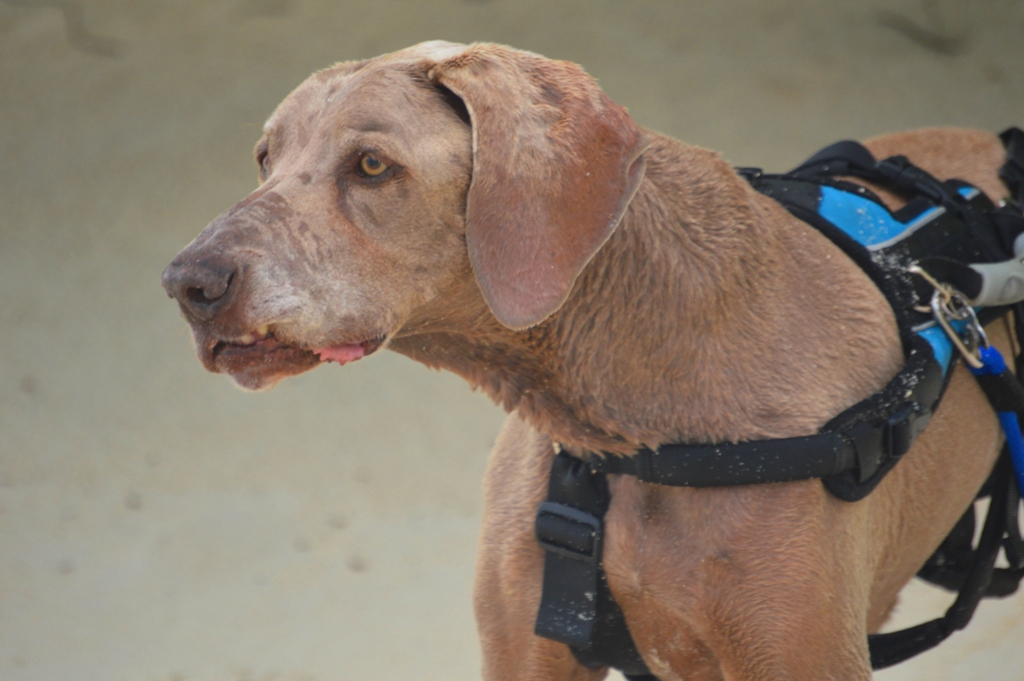
How do we get internet?
The availability of internet varies all around the world. In the Bahamas, free wifi was available in some locations but we found it more convenient to purchase a local BTC sim card and prepaid data plan for our internet usage. One of our iPhones was unlocked so we were able to use a sim card from another carrier with no problem. This allowed us to boost the signal to our other devices by means of tethering.
In the DR we only used free wifi signals on the laptop with the help of our ALFA long range wifi booster. Our friends Jan and David at commutercruiser.com gave us their old one before we left Florida and it works like a charm.
Puerto Rico and the USVI have great signal for AT&T so we temporarily reactivated Peter’s phone and data plan. Unfortunately, the case failed and leaked water inside damaging the phone. We were still able to use that sim card with the other phone and we’ve been sharing ever since. The BVI’s are close enough to USVI cell signal and work in most places. Very soon we’ll be suspending the service again before heading south through the rest of the Caribbean. Once we do that, we’ll be back to only free wifi signals with the laptop and booster, and maybe an occasional wifi connection in a café somewhere.
It’s nice being unplugged from the rest of the world when we don’t have internet connection. On the other hand it is such an amazing tool to keep in touch with family and friends and of course for updating the blog!

What do we eat?
We live on a boat traveling through tropical islands. Going to a grocery store when we need more food isn’t always an option. Now, we do what is called “provisioning” where we stock up like crazy on as much food and supplies as we can as cheaply as possible. We filled two carts at Costco before leaving Florida for staple items like rice, beans, canned food, baking supplies, spices and snacks. Shopping for food is also a great time to stock up on items like toilet paper, shampoo, soap and other toiletries.
Fresh fruits and vegetables are surprisingly hard to come by in the Bahamas. The DR and Virgin Islands have been more plentiful and we’ve enjoyed eating healthier fresh foods whenever we can find them. They don’t last long in the heat so we are looking for fresh foods on shore often. When we do find fresh foods, our evaporator unit refrigeration system comes in very handy. We added a freezer unit to the boat which is the exact same unit as the refrigerator, just turned up to the coldest setting. As with most boat refrigerators, they require a bit of acrobatics to reach anything inside.
Our boat is a Whitby, designed by Ted Brewer, and has a ridiculous amount of storage. In fact, the second Costco run we made was in Puerto Rico and we tripled the amount of food we bought the first time after seeing how much space was still left in all the lockers and cubbies. It was truly amazing we were able to make it all disappear. A place for everything and everything in its place!
The primary source of food for both us and the dogs is fresh fish. Peter is an excellent fisherman and we are always catching fish. After landing a yellowfin, we cut up fresh sashimi on the deck as Peter cleans the fish. The dogs get all the red meat scraps while we package up the harvest for storage in the fridge or the freezer. We also enjoy spearfishing and diving for lobster when the local regulations allow. The amount of seafood we eat living on this boat is some of the finest dining we have both ever had. Brie stuffed lobster anyone?

How do we wash our clothes?
Our boat came equipped with a small WASHING MACHINE! Yes, a washing machine on a 42′ sailboat. This might be a little more common on boats upward of 50′ in length where everything is exponentially bigger. For a boat our size, it’s pretty rare. The previous owners did a beautiful refit of the forward head to install the washing machine. One of the two doors accessing the head was removed and a box was built around the new appliance. It slightly restricts the entrance to the forward cabin but not enough to matter.
The little washing machine has a 110V A/C plug which requires the inverter to be on, the generator to be running, or to be plugged into shore power on a dock. There is a hose that attaches to the sink nozzle in the forward head, as well as a drain hose returning the dirty wash water back into the sink drain. There are multiple settings for light, medium and heavy with a selection for the number of wash cycles as well. We like to connect a flexible hose to the drain hose, catching the water from the last rinse cycle in a bucket and then dumping it back into the empty washer as wash water for the next load.
Our clothes are hung up to dry on the life lines with clothespins and kissed by the sun and Caribbean breeze. We really don’t mind not having a dryer anymore. Sundried clothes cost nothing and smell so crisp and fresh.
The small investment made in this machine saves us a ton of money while cruising. Depending on the location, a load of laundry done on shore by locals or in a Laundromat can cost anywhere from $4-$20 from what we’ve heard. If our machine ever dies on us, there’s always a bucket!!
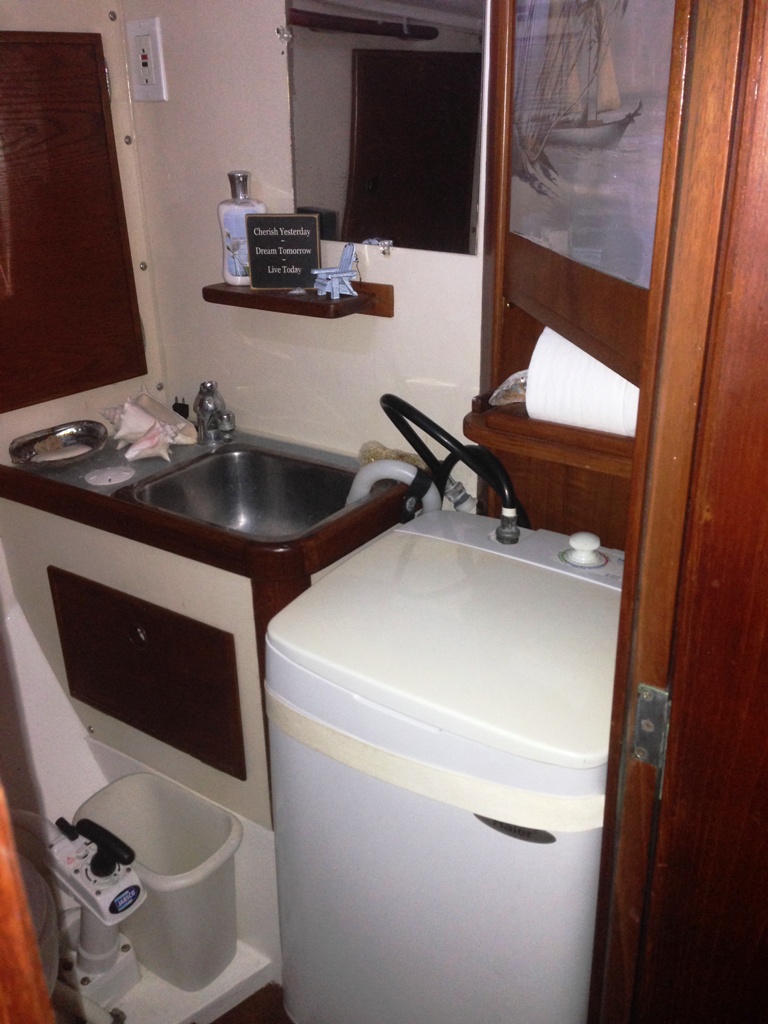
How do we have power?
We do our best to live simply and use only the resources we need. Electricity comes at a premium now that we generate our own power. We have (2) older 80 watt rigid solar panels, (2) 104 watt semiflexible Aurinco solar panels and a Four Winds wind generator. This allows us to keep our (3) 4D lead-acid batteries charged up with plenty of power left to run our lights, watermaker, washing machine, refrigeration, stereo, VHF radio, SSB radio, chartplotter, radar and computer.
The Caribbean provides constant Tradewinds of 10-20 knots so while we are at anchor the boat is always facing into the wind bringing in power from the wind generator. Lately we’ve had quite a bit of cloud cover, but our 370 watts of solar panels usually do a fantastic job of bringing in a ton of power for us between the hours of 10am to 2pm when the sun is directly over head. All of our panels are adjustable and can be turned or tilted to achieve the maximum amount of exposure, but we usually prefer not to babysit them. They do just fine all by themselves :)

How do we get water?
Fresh water is one of our top priorities. Our primary source of water is generated by our Village Marine Little Wonder Watermaker that is installed in the bilge. It converts seawater into fresh filtered water at a rate of 6 gallons per hour and runs off of the 12-volt electrical system. We have two water tanks on board with a total of 160 gallon storage capacity and the watermaker is plumbed direct to both tanks.
If clean water is available for free in the towns and villages we visit, we will fill up 5-gallon jerry jugs and carry them back to the boat in our dinghy. The further south we go, the less available good drinking water becomes. Watermakers are a huge upfront cost but being able to make our own water is critical for remaining completely self sufficient.
Even though we can make our own water, it requires enough electricity to power it. Our solar panels provide enough power during peak sunlight hours and we usually run the watermaker every other day for a few hours a day to use up the extra power being generated. We try to keep both tanks full so if it is cloudy or if we don’t have any wind bringing in power for a few days, then we won’t be completely out of water and needing to run the watermaker. If our batteries get too low to run the watermaker we have to run the engine or generator when we need to make water. We like to conserve diesel as much as we can.
We usually have plenty of fresh water for showering every day, for making coffee and for drinking water. Even though we can make water as needed, we still conserve as much as we can. Systems break down and if we are careful to not be wasteful, all of our equipment will last much longer.
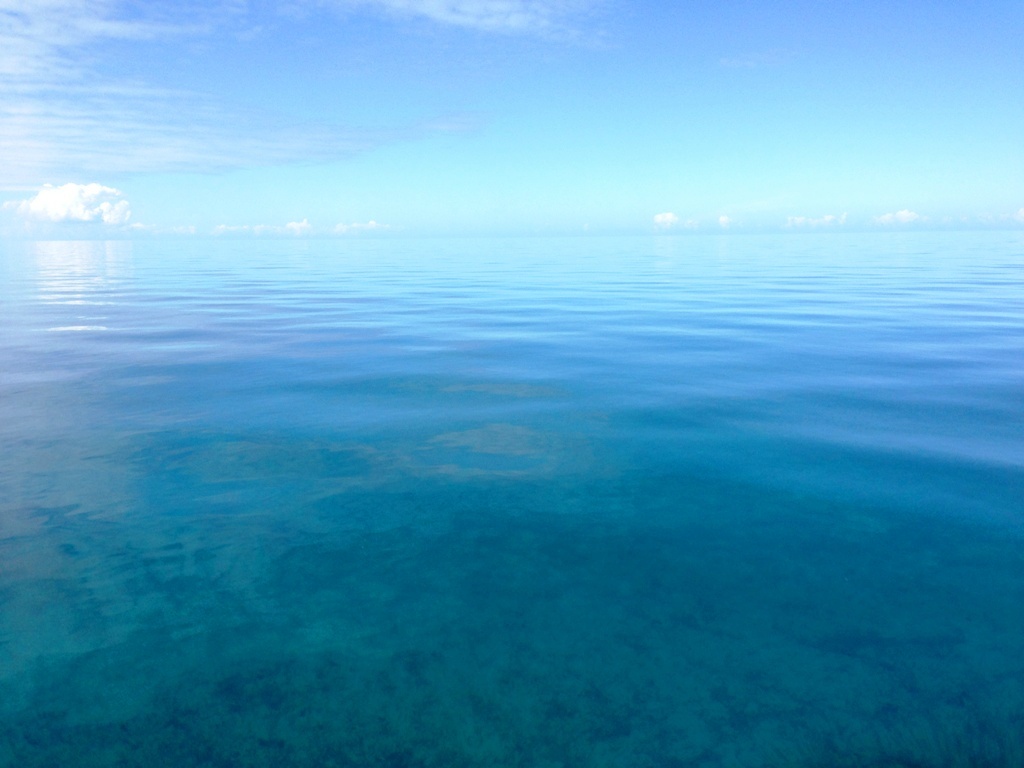
Where do we keep our tools and toys?
Peter grew up surfing and fishing in Southern California. This adventure is all about having fun which means we needed to find a place to store all of our toys. We brought Peter’s 6 epoxy surfboards, one foam surfboard and two inflatable Stand Up Paddle boards. 30-some fishing poles are stashed around the boat under floor boards and on the ceiling of the engine room. We have an Airline Hookah Dive compressor that lives in the salon. The forward cabin has been converted to our garage where we keep the surf boards, a guitar, compound bow and arrows, spear guns, Hawaiian slings, lobster snare, surf gear and power tools. There is also ample storage inside the boat for tools near the engine room. We even have a vice installed on the inside of the engine room door!
On deck we strap our dinghy to the bow while under way along with jerry jugs of spare fuel and water, a foam target block for the bow and arrows, plastic crates with a 75′ hose and the dinghy gas can, SUP paddles, oars and boat hooks.
Our wet locker holds all the rest of our dive gear when not in use. We are careful to rinse everything off with fresh water after each use to prolong the life of our gear. Salt water will corrode almost anything.

Where do the dogs go potty?
Before we left the dock in Florida we purchased a replacement piece of astroturf from Petco that is supposed to fit inside a plastic tray. Peter installed a couple of grommets and some paracord, then tied it on to the lifelines on the port side of our aft deck. It took a few tries for Betsy to figure out she was supposed to go potty on this crazy thing. We initially took the Astroturf up on shore and slid it underneath both dogs as they went pee. Eventually there was enough scent to convince Betsy it was what she was supposed to pee on, with a little coaxing of course and some tugging and pushing to get her in the right spot. After she went on the mat on shore, we tried it on the boat. We had also been diligent with using a command “Go Potty” and Betsy now goes potty on command everytime. She’ll even fake us out and pretend like she’s peeing, even when she doesn’t have to go!
Gunner is another story. He wasn’t too happy we were putting that thing underneath him on shore, and he would NOT go potty on it on the boat. Gunner is 13 and set in his ways. The only time he ever had an accident in a house was when he ate too much of another dogs food, giving him diahrrea, and when he had a bladder infection. The poor guy is so stubborn we couldn’t get him to go on the boat for a long time. It took our first overnight passage and subsequent days keeping him on the boat for him to finally go. He knows exactly where to go now and often takes himself if we aren’t paying attention.
Lessons learned? Don’t use regular grommets. They rust. And don’t use white paracord… it will turn yellow :( We have since switched to stainless steel grommets and dark green paracord (to match the boat of course).
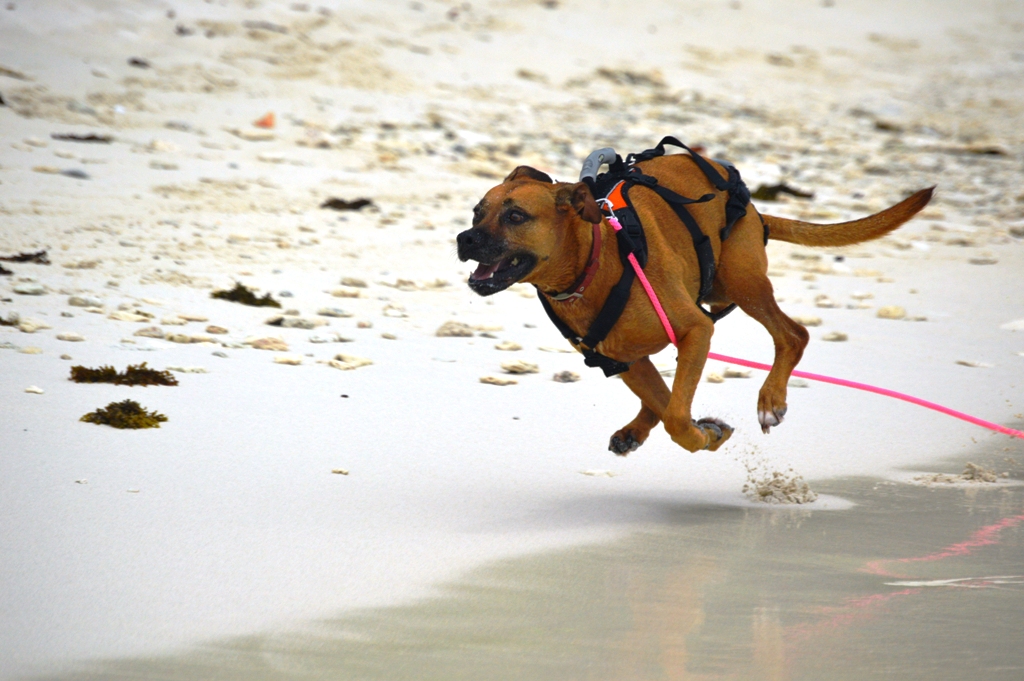
Did we know how to sail before we bought the boat?
Nope! We had each been on a sailboat maybe once or twice before we made the decision to buy one of our own. Peter has been around the ocean all his life and ran fishing boats for several years so operating a boat wasn’t new to him. Jody grew up boating but never sailing.
We considered taking sailing courses but after talking to several people, we decided it couldn’t be too hard to figure out. After just a few times on the water by ourselves, we felt confident enough to continue learning as we go and skip the high priced courses. Our insurance required signoff from a licensed captain stating that we are capable of operating the boat on our own and we passed with flying colors.
Sailing is one of those things it takes a lifetime to master. We have the basics down and can operate all the equipment on our boat sufficiently. With experience we’ll continue to learn tricks for balancing the Center of Effort on our ketch-rigged boat as well as how to handle our boat better in heavy weather. We have safely made it through several passages and 2000 nautical miles after starting with zero sailing experience. That’s pretty darn good!

Why did we decide to live on a boat and sail away?
It has always been Peter’s dream to live on a boat and sail around to all the best surf spots and fishing grounds. After his mom passed away in 2012 everything fell into place for us to take this journey in honor of her. She would have loved to do what we are doing and we know she would be proud.
We both prefer to live outside the box and go against what mainstream society perceives to be normal. To us, living a life of adventure and happiness is more important than working a dead-end job paying somebody else’s bills. Life on the hook is about so much more than that. We are surviving against whatever Mother Nature brings with our own knowledge and skills. It’s an Ultimate experience in every sense of the word.
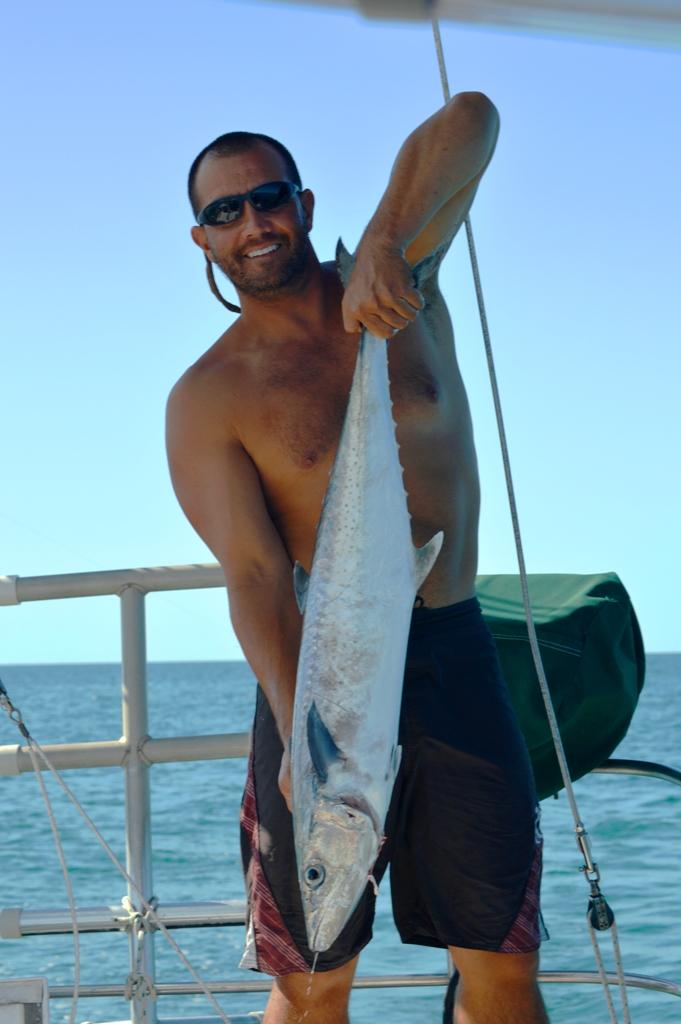
What personality traits have been the most helpful for living on a boat?
Patience is definitely at the top of the list. After 8 months of being liveaboards, nothing is easy and patience is key to getting anything done. We’ve accepted the fact that most everything is just harder on a boat. We stub our toes, hit our heads and jam our fingers on a daily basis. It makes us tough and keeps us young. We do our best to remain patient with ourselves and with others and it seems to lighten the load.
Determination is something we both have. We don’t give up. We push on, striving to overcome every challenge we are faced with. In the middle of the ocean you can’t just call a plumber or call a mechanic. When something breaks, we figure out how to fix it with the resources available to us and the skills we already have. Each challenge is a learning experience and we are determined to succeed at being self sufficient surviving at sea.
A creative mind is invaluable on a boat. We often make due with what we have and jury-rig systems with odds and ends that we brought along with us or find on shore. U.S. stores are now far behind and the convenience of ordering a part off the internet or running to Home Depot is not an option. There has got to be a million ways to use a zip-tie and duct tape. Patch and repair jobs may not be pretty, but they will get you back to safety more often than not. One of our first creative projects was to convert our aft companionway ladder into a ramp for the dogs. It’s amazing what you can do with a little ingenuity.

How has cruising affected our personal relationships?
The further we travel and the more remote places we visit, the harder it is to stay in touch with friends and family. Internet is great for helping to bridge the gap but it’s not the same as seeing loved ones in person. We are comfortable enough on the boat now to have family and friends come visit. It’s such a treat for them to see our new life and how we live. We wish everyone could visit us and experience what we’re doing. In the mean time, we try to share pictures and stories of our adventures on the blog.
Cruising has also made our friendships with others more genuine. For some, its out of sight and out of mind where certain people don’t make much of a return effort to stay in contact. For others, their true friendship shines through and strengthens ten-fold. We truly cherish those lifelong friends both from our past and that we meet along the way.
Cruising has also brought our own relationship into focus. Sharing a Tiny House with your significant other will put any relationship to the test. It brings out the best and worst in us both and has challenged us in ways we didn’t think possible. Ultimately, we are stronger and have a better partnership because of it. Love makes everything better!

What is the best part about the cruising culture?
Most everyone says it’s the people. We totally agree. There is an unspoken code of sorts among fellow cruisers laced with an overwhelming camaraderie. Everyone we meet on the water is so genuinely kind and generous. If we are ever in need of help, any of the cruisers around us are happy to lend a hand or lend a tool or part.
Some even do enormous acts of kindness, like our friend Paul in Salinas, Puerto Rico. We asked Paul if he knew how we could get to the Customs and Immigration office in Ponce which was more than 30 minutes away. Paul lives on his boat but had a car there at the marina nearby and he offered to take us all the way to Ponce, even stopping at the grocery store on the way back to the boat. He wouldn’t accept any money for gas or his time, he only asked that we Pay It Forward.
Our friends Anne and Brad on S/V Anneteak and Dave and Patti on S/V Dream Ketcher both helped us with some major repairs in the Bahamas. Friends Jan and David on S/V Winterlude (commutercruiser.com) taught us so much about sailing on our first few harbor sails. We are so grateful for all the generosity we’ve experienced and we make every effort to Pay It Forward and help anyone else we can.
We are kindred spirits and share many of the same dreams and aspirations. We are all following our hearts and leading a life of adventure that only few get to experience. That has brought us all together in a way we never could have imagined. It’s a magical thing really, and the world would be a better place if everyone were this kind to one another.

Will you ever move back to land?
As they say, our plans are drawn in the sand! For now, we will continue south from BVI traveling through the Caribbean toward Grenada for Hurricane Season. In October we will either head back up through the Leeward and Windward Islands or we will continue West to the San Blas Islands of Panama and cross through the Panama Canal. The surfing and fishing is amazing on the Pacific side of Central America and we hope to spend a good amount of time there. Someday we may cross over to the South Pacific for some of the best surf and most beautiful islands in the world. Until then, we are living in this Grand Adventure one day at a time!
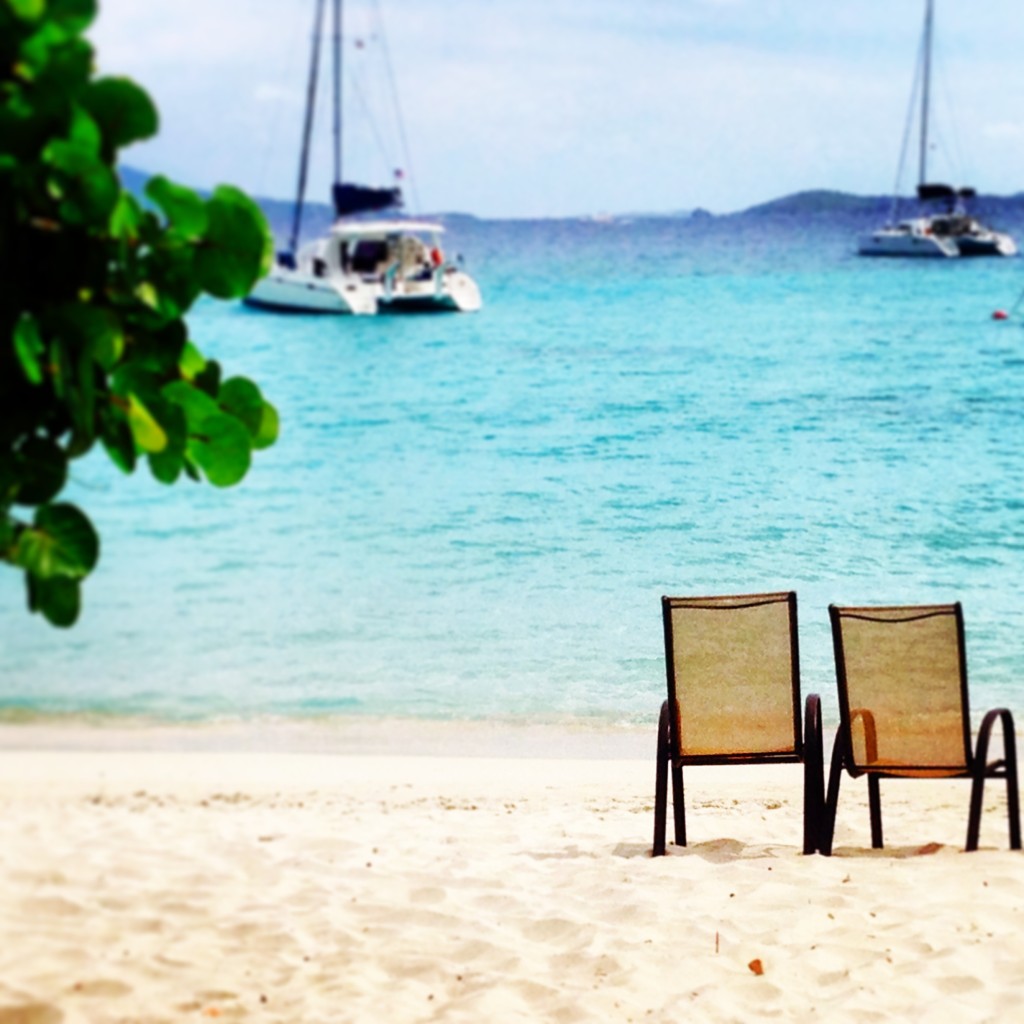
What else would you like to know? Contact us with any other questions. We would love to hear from you!!

